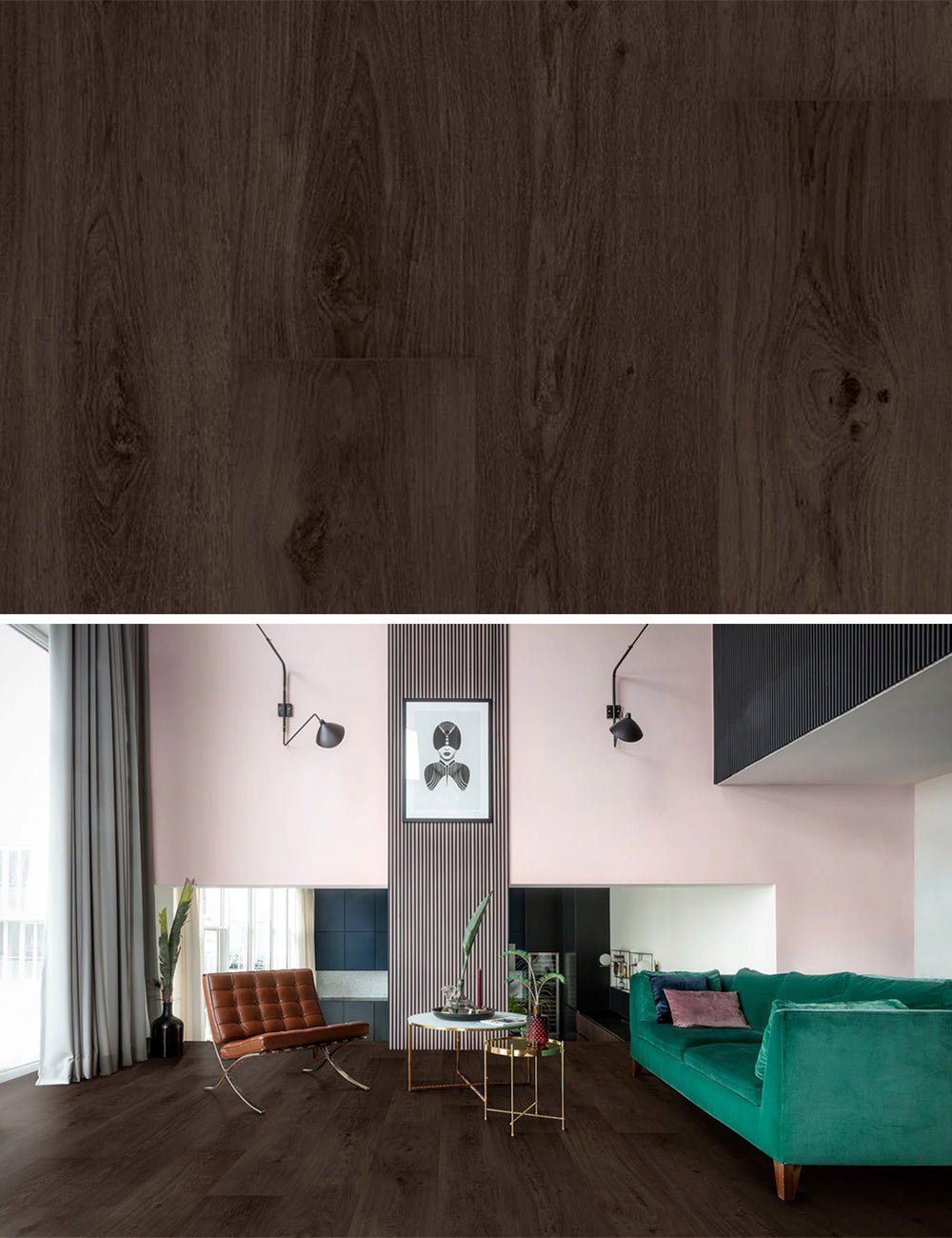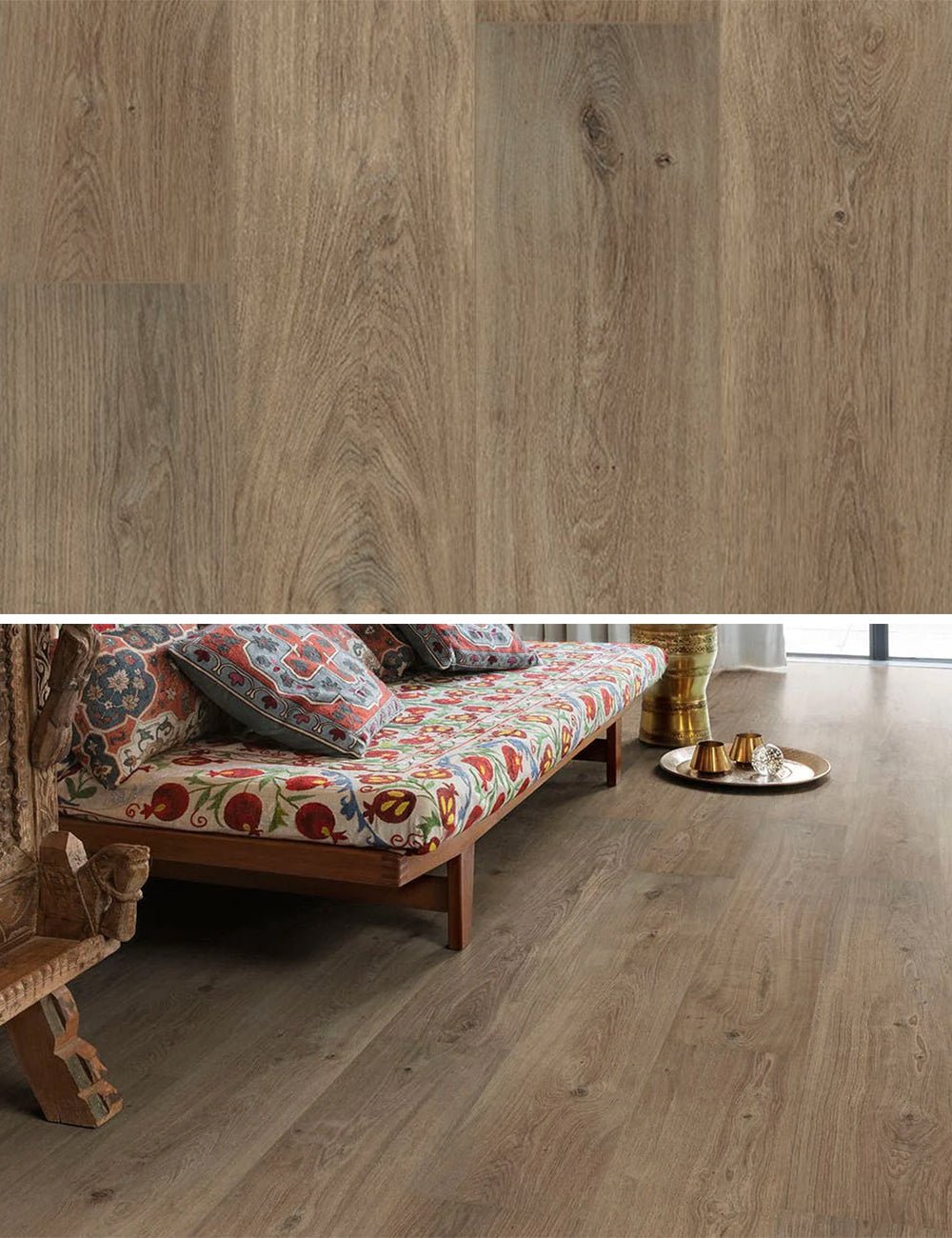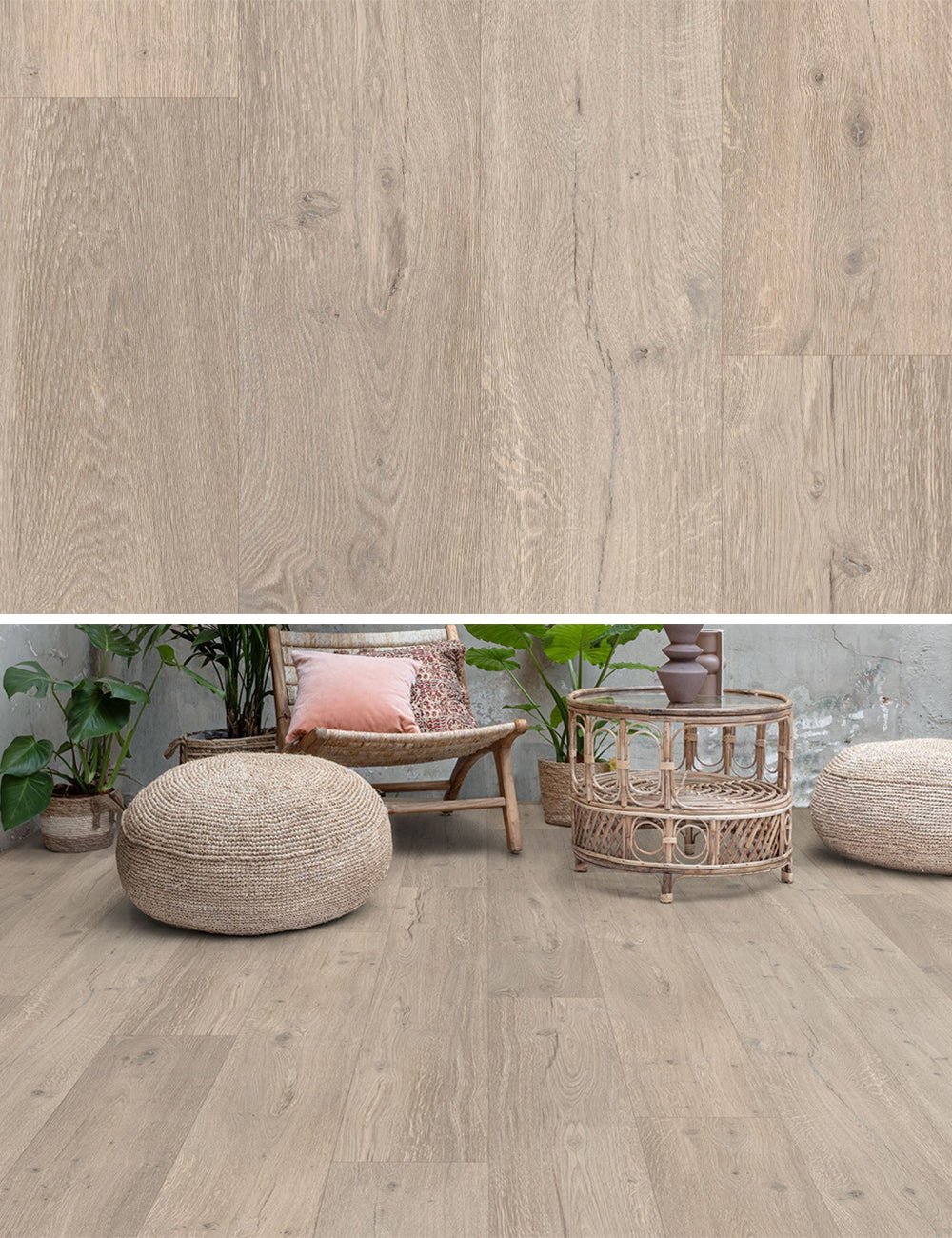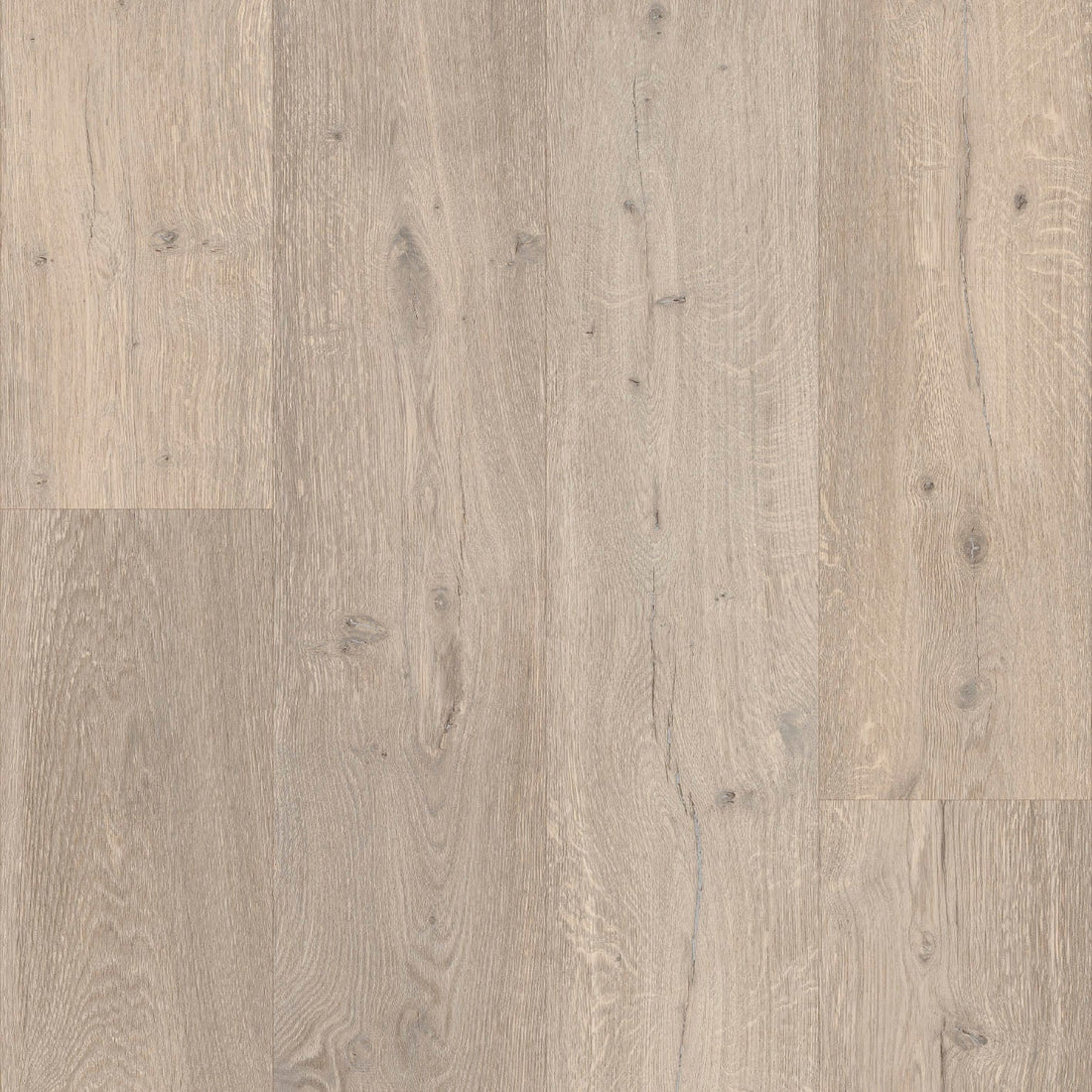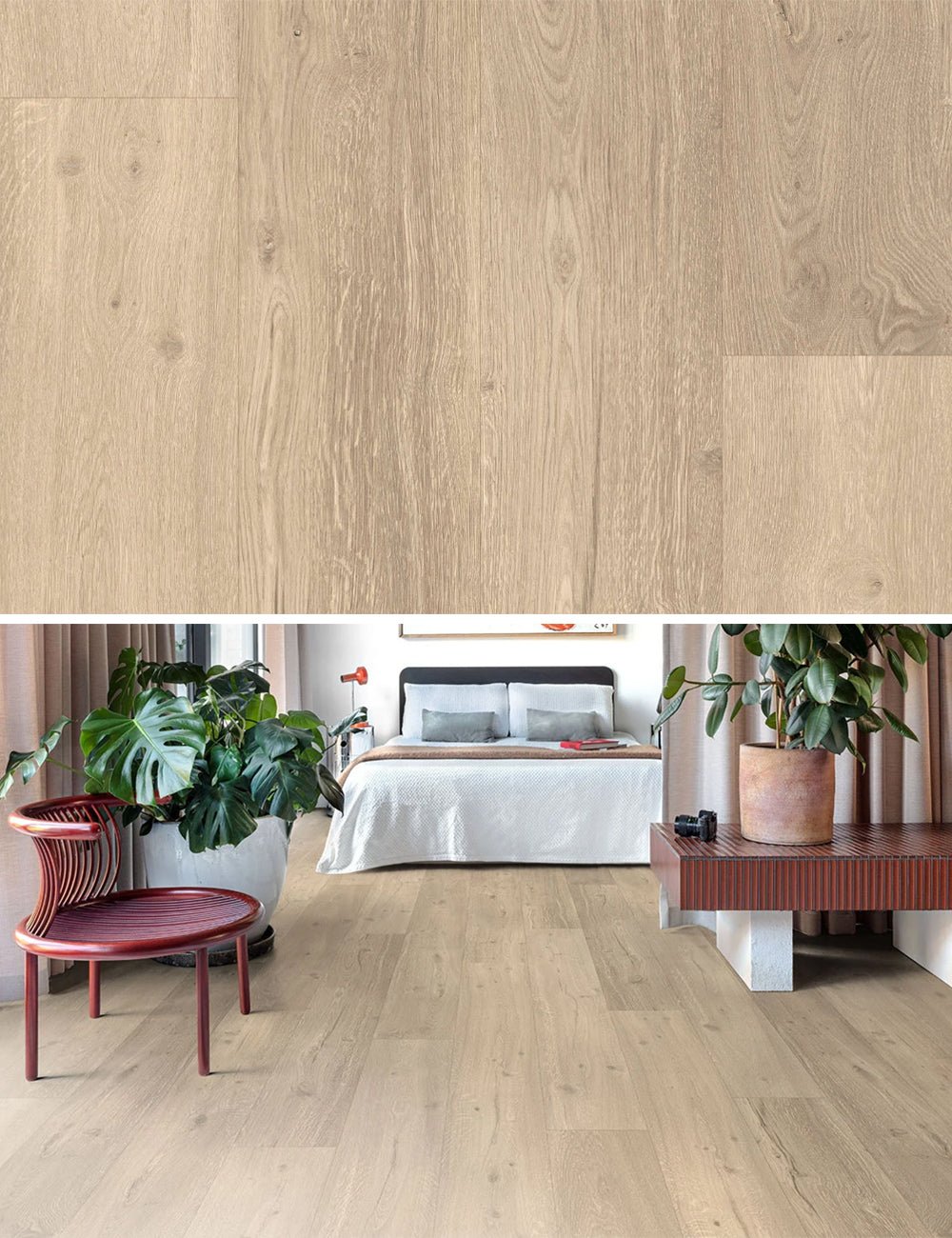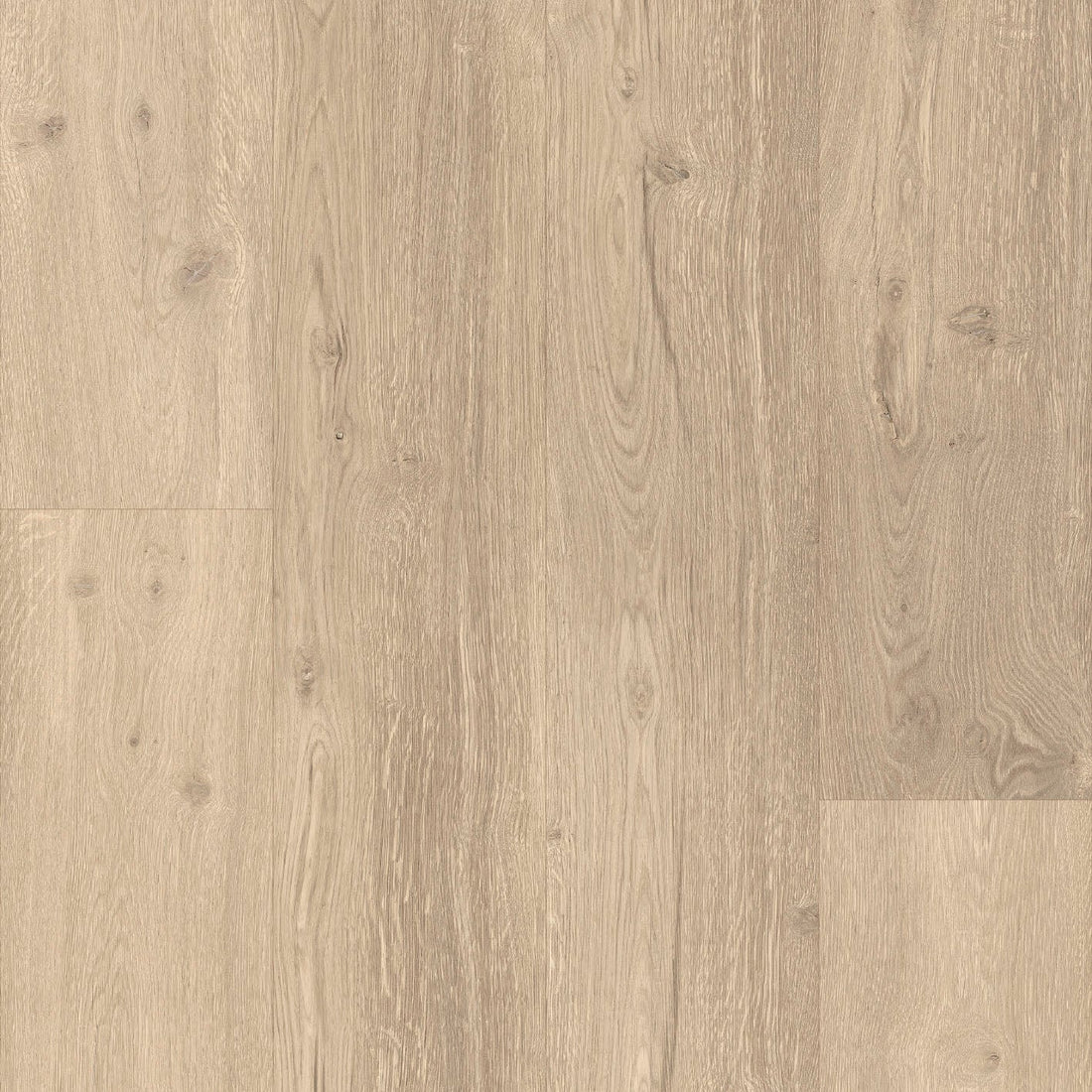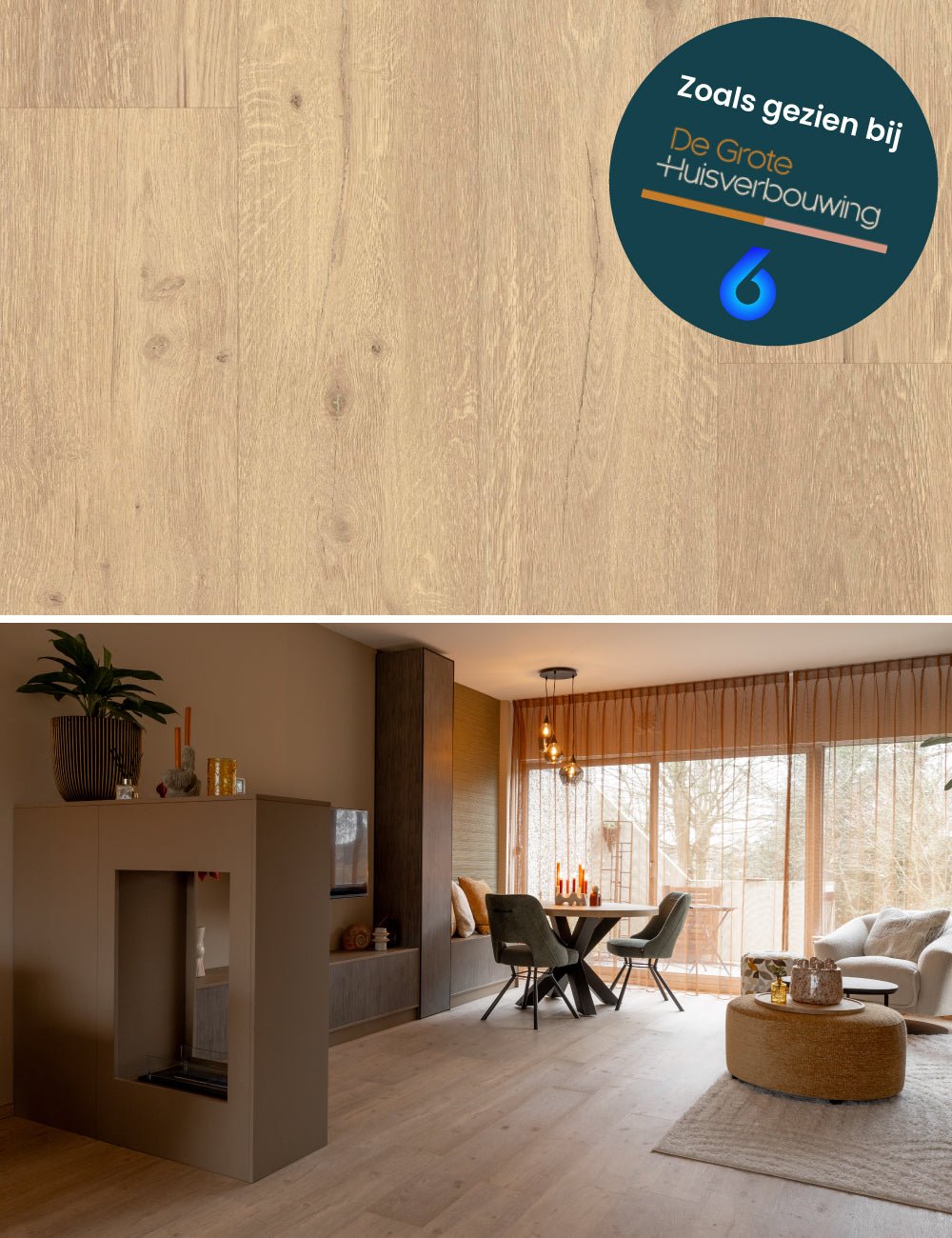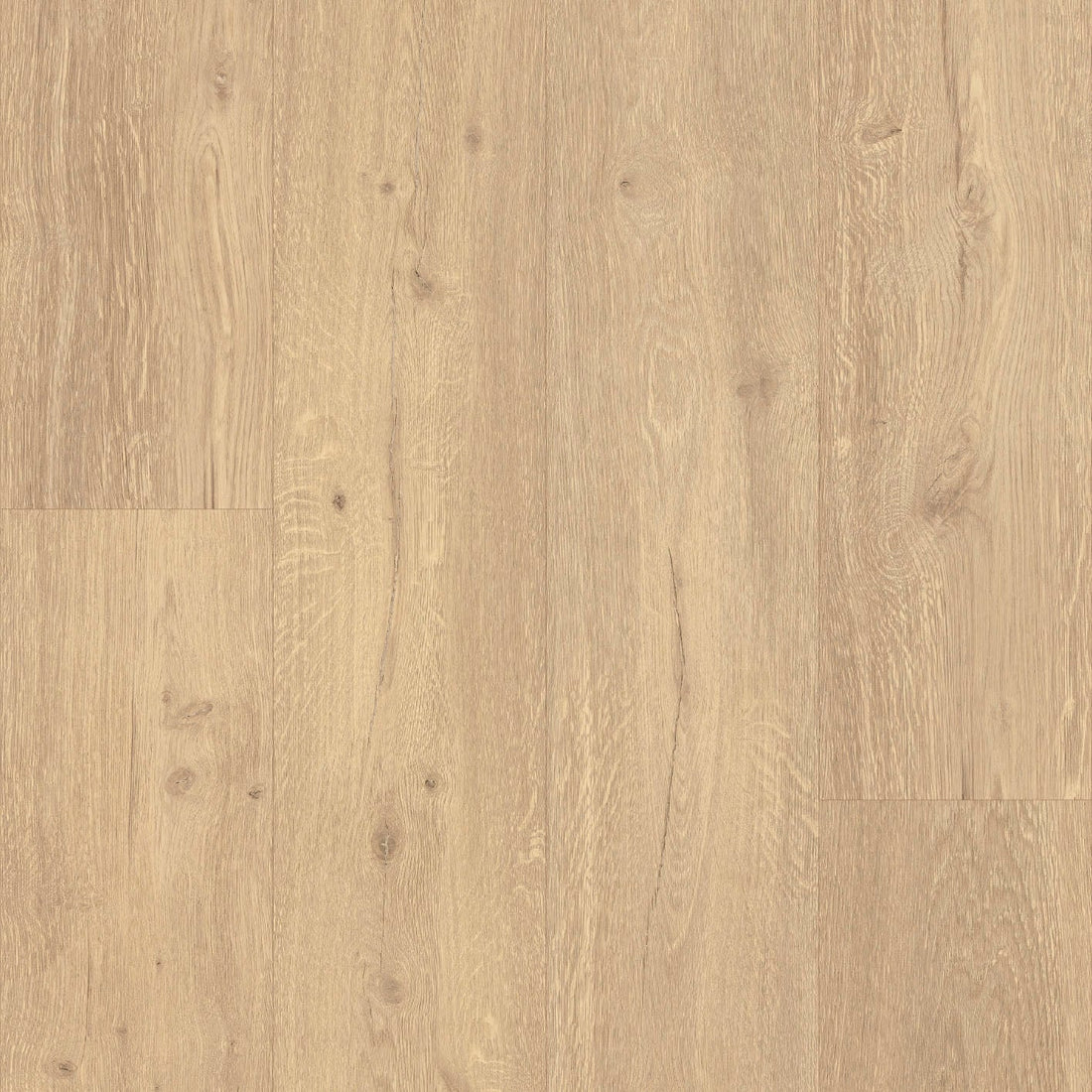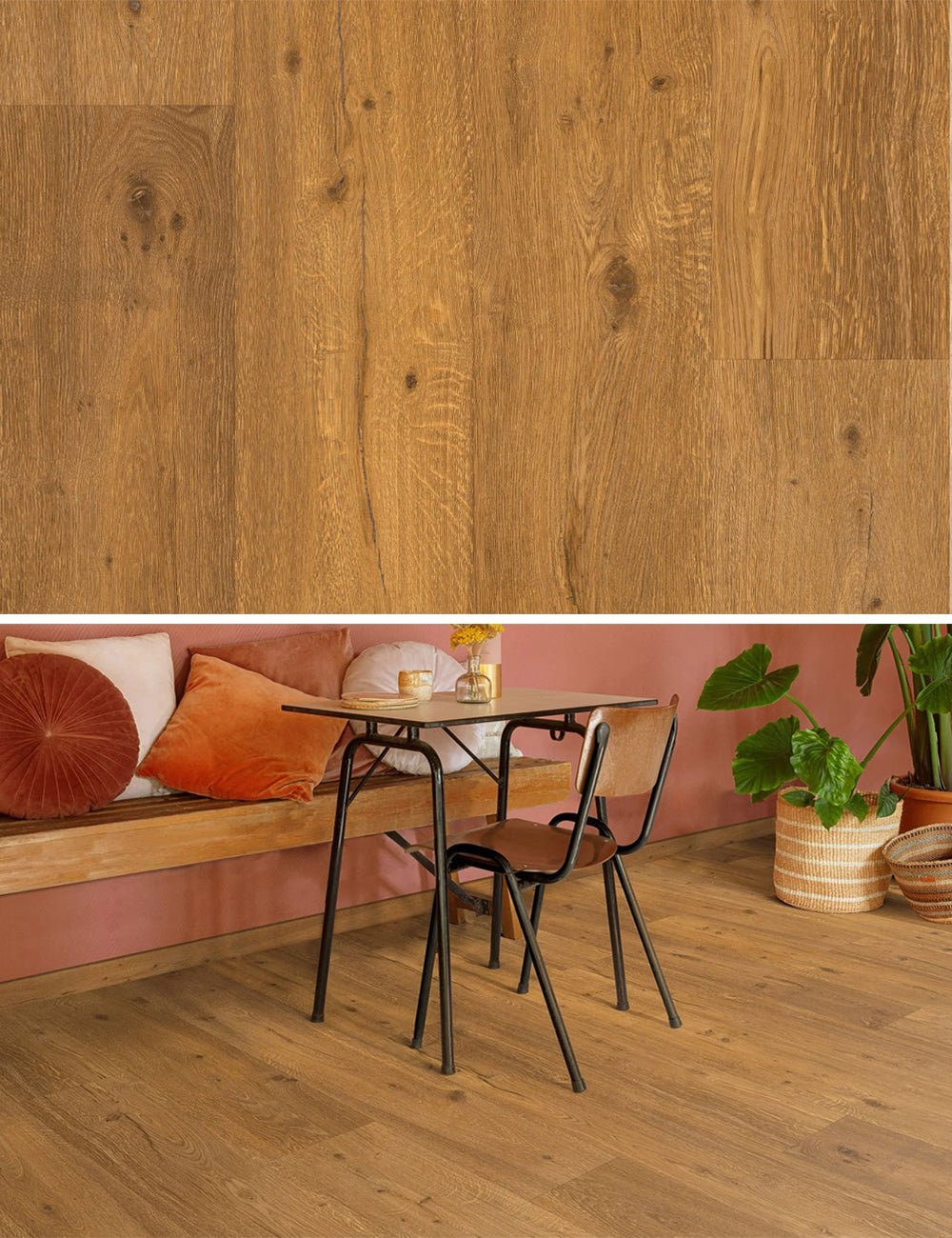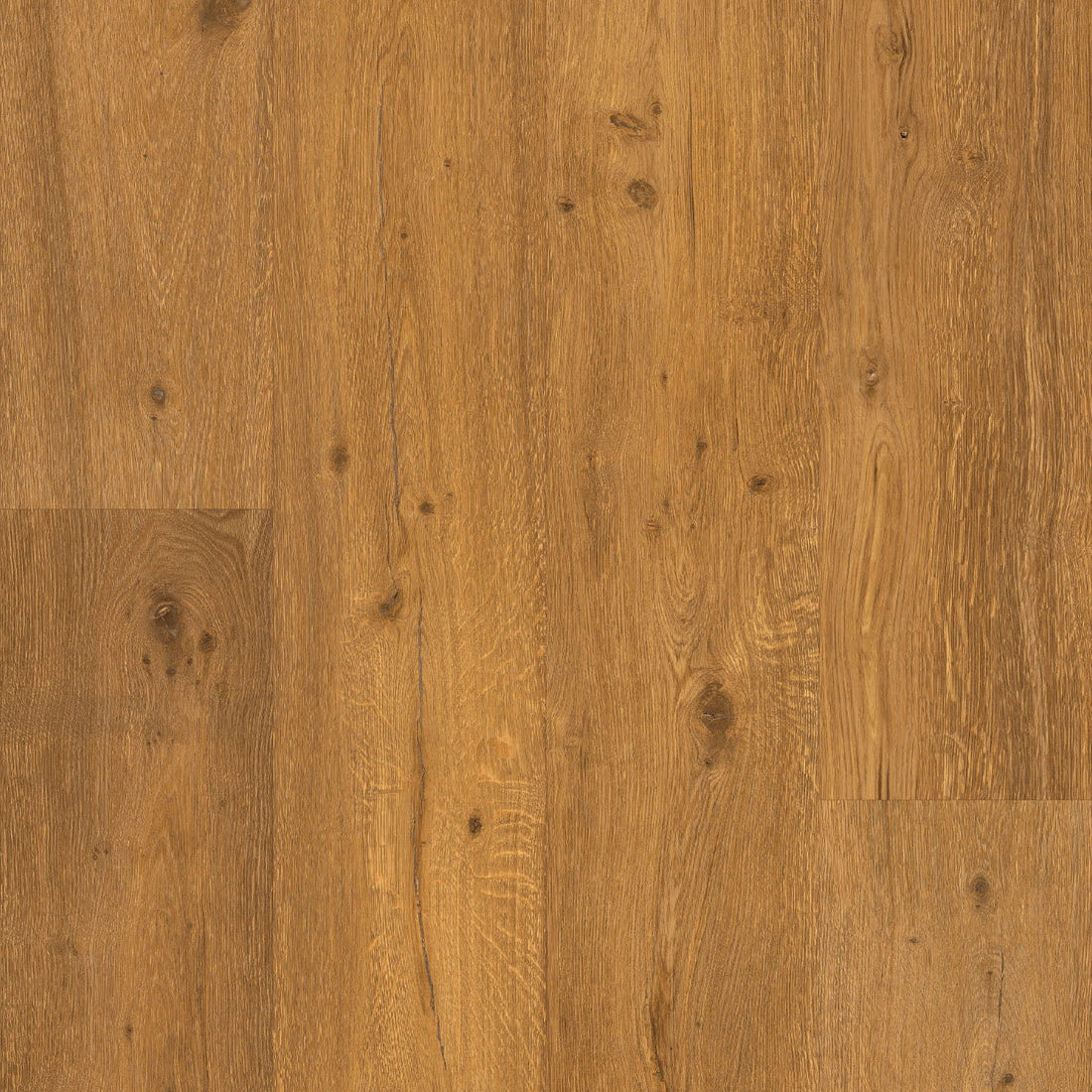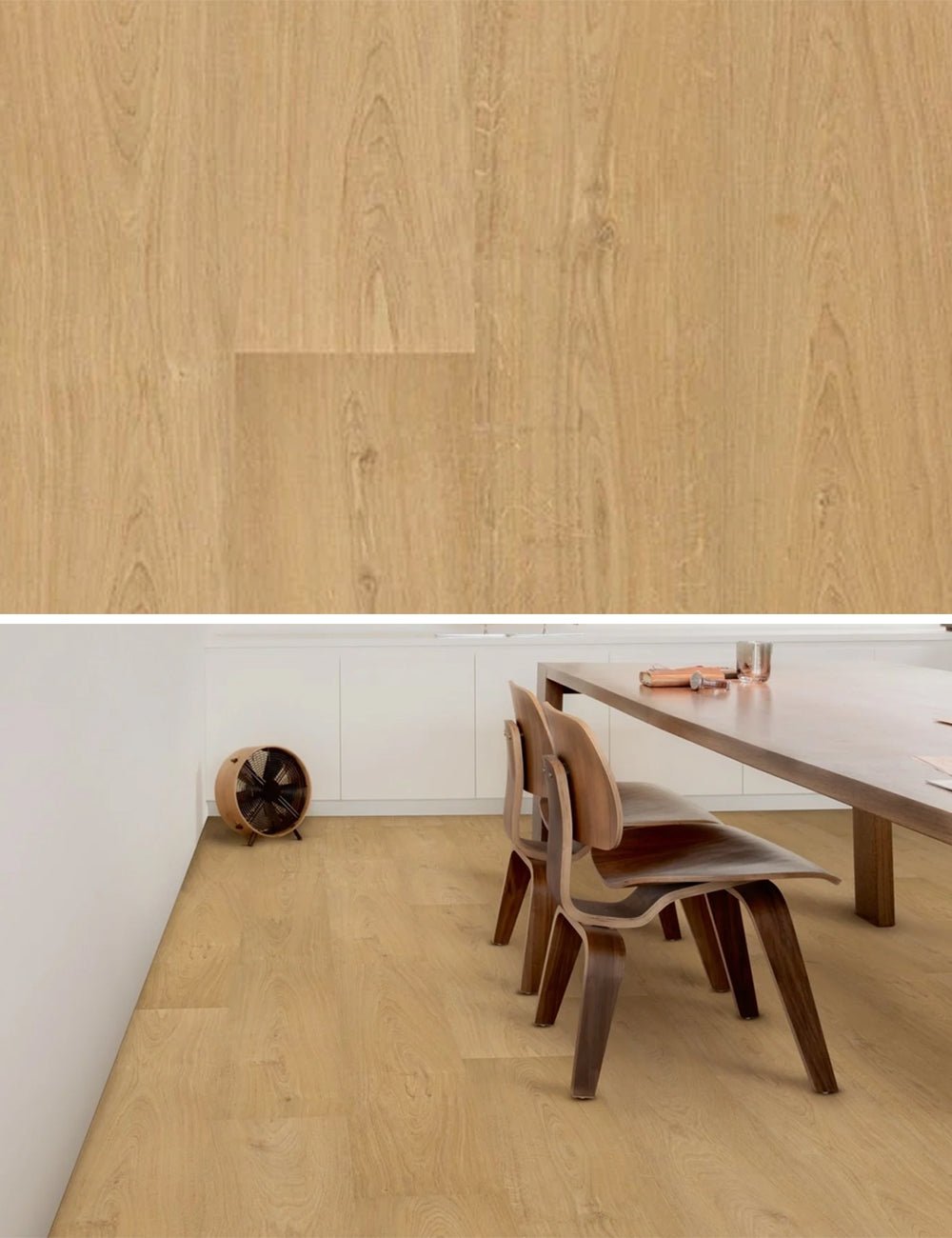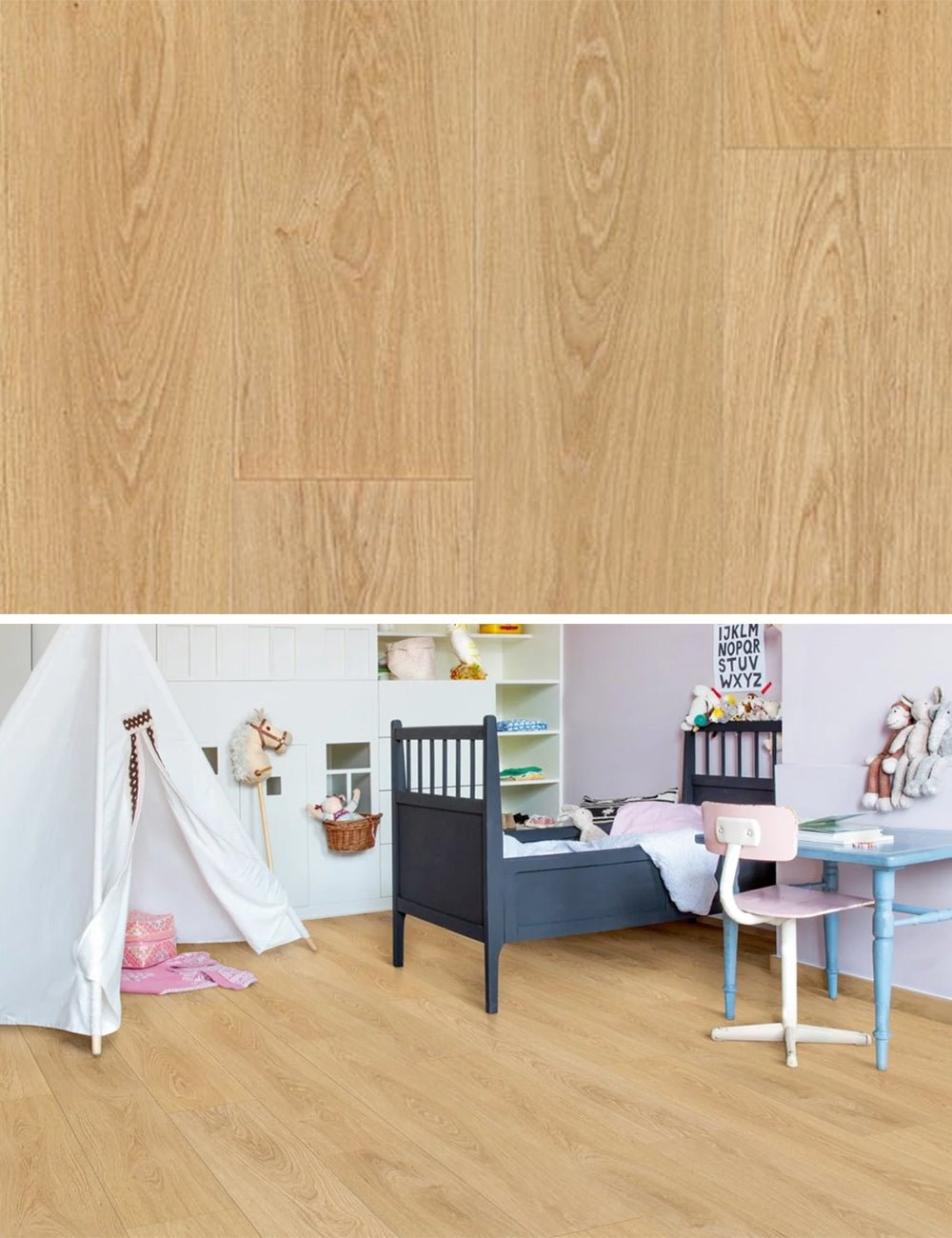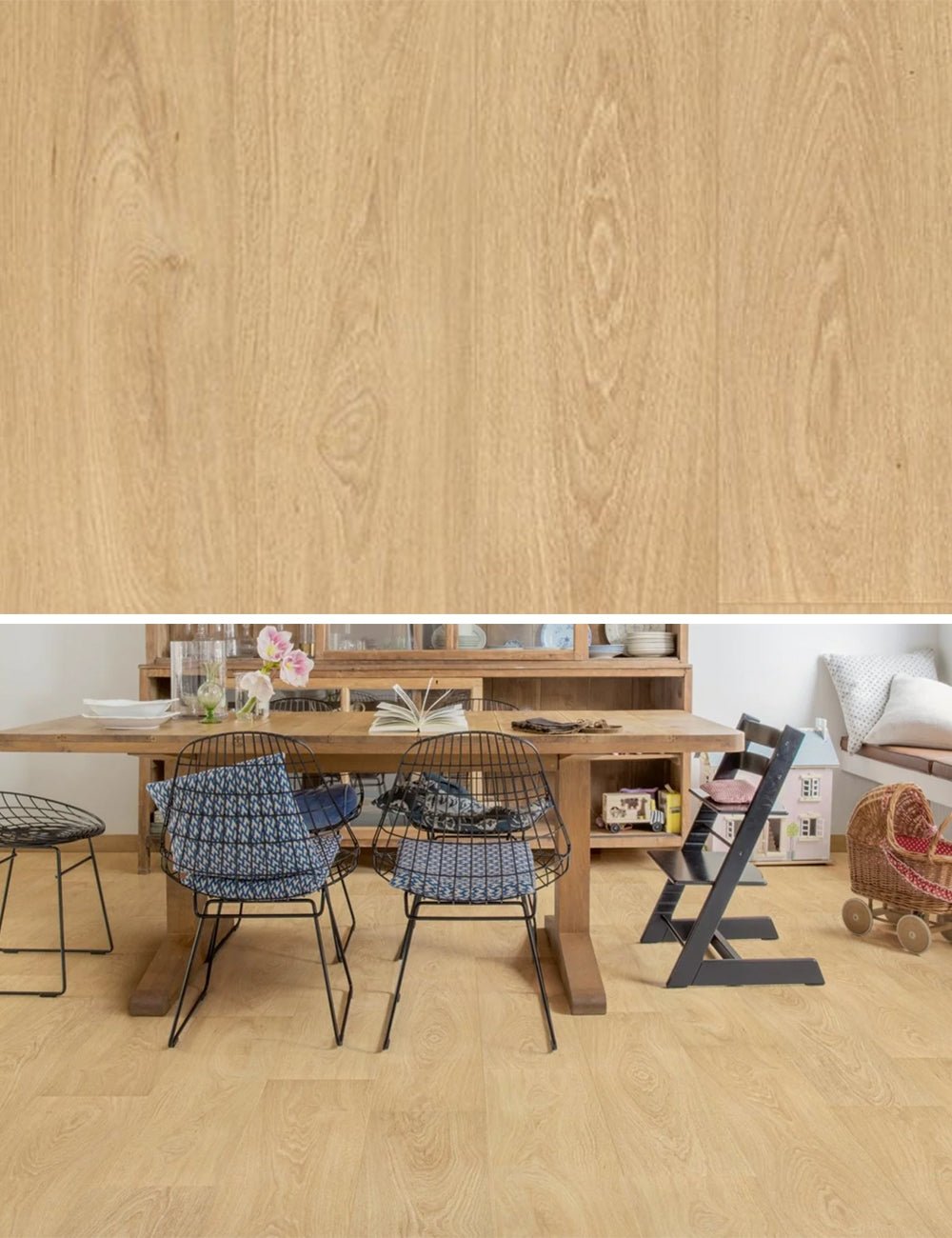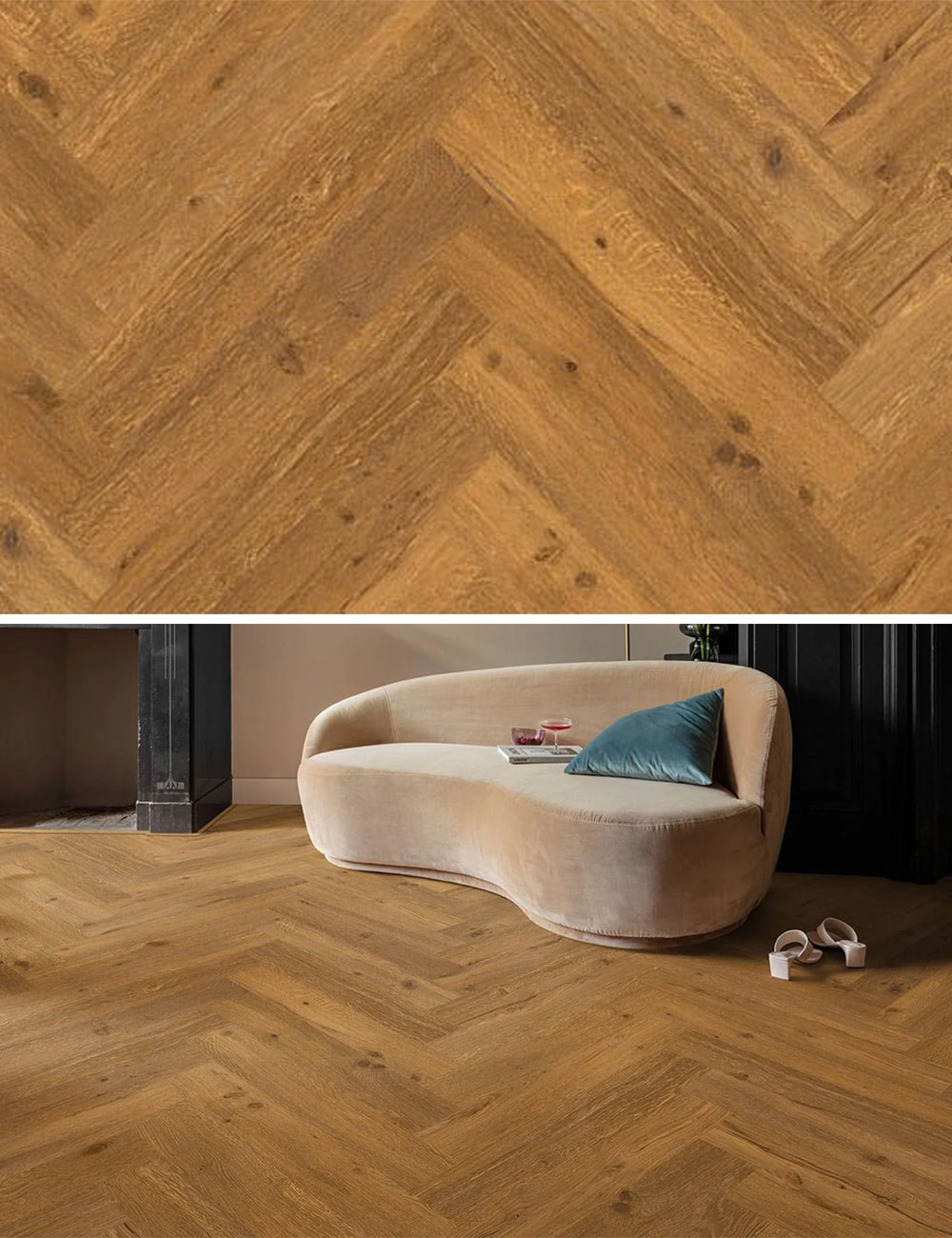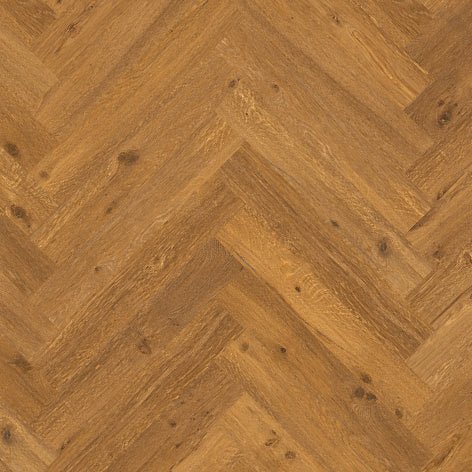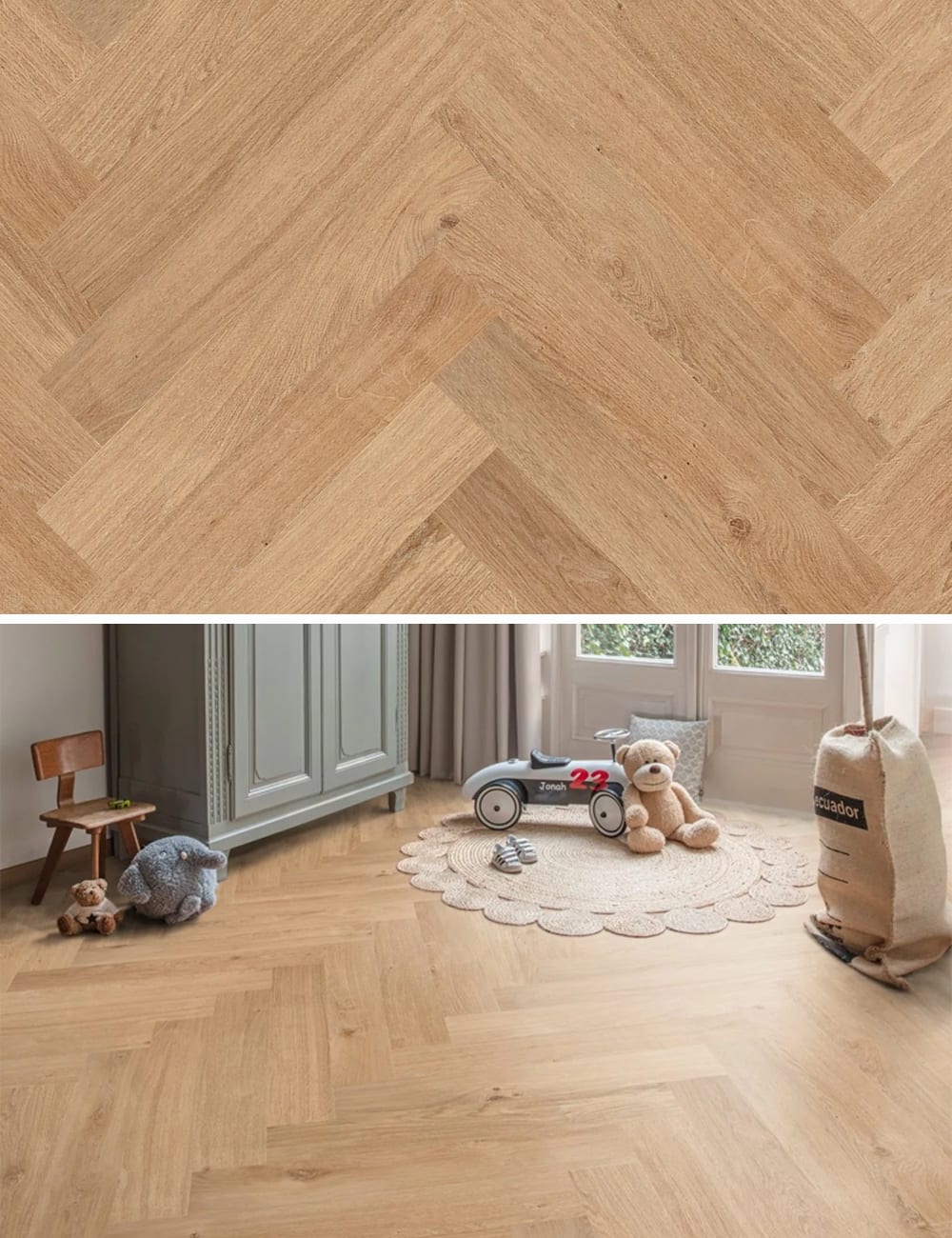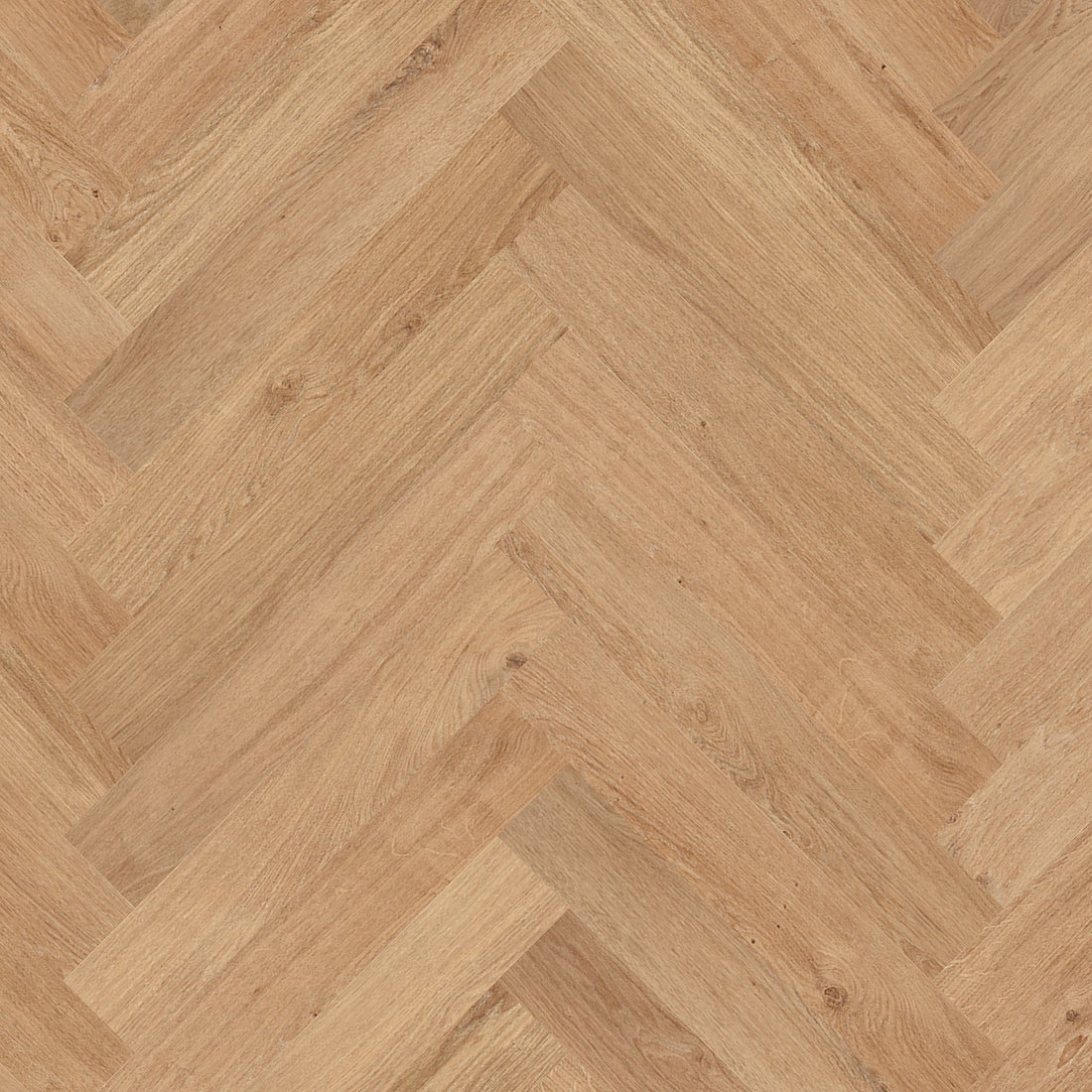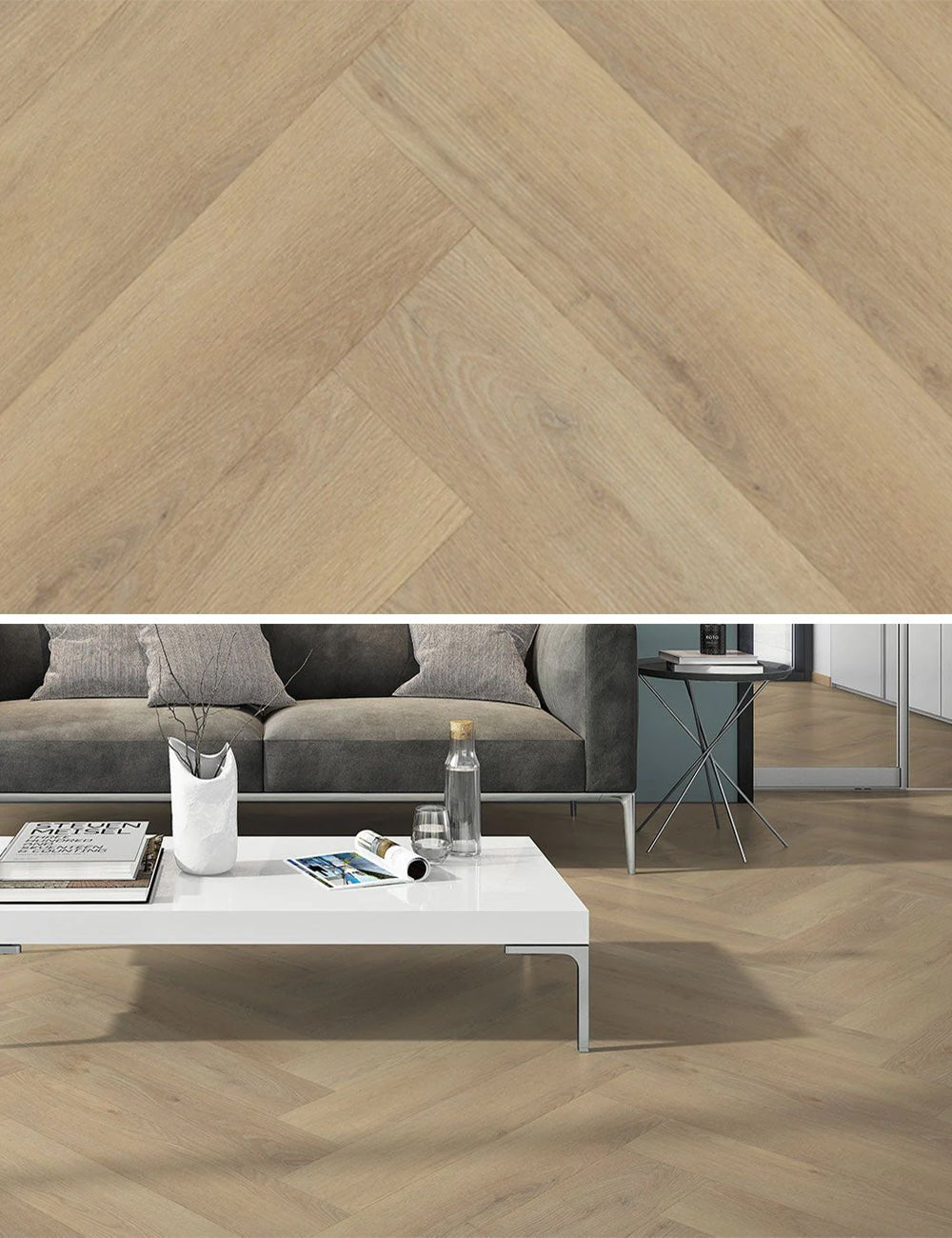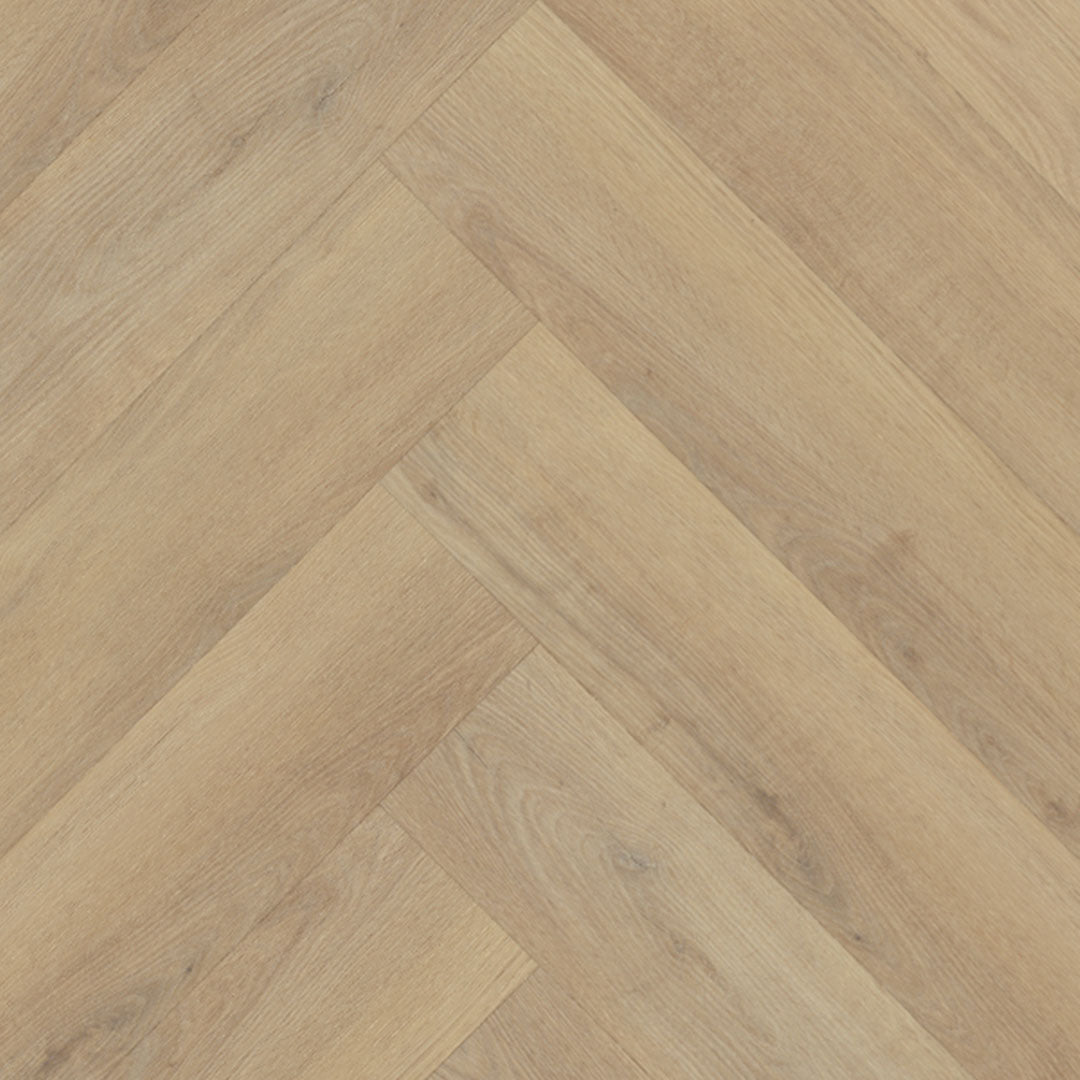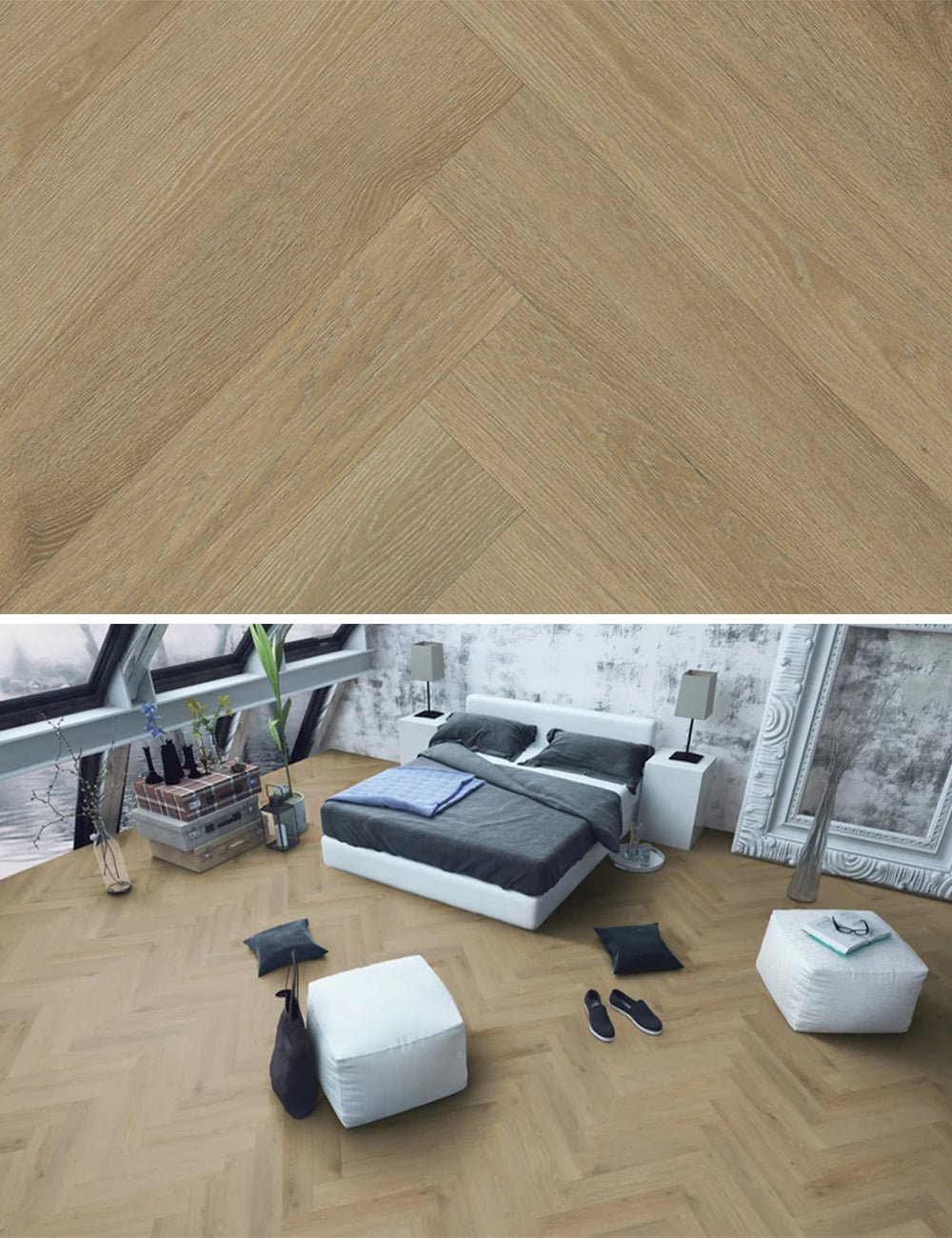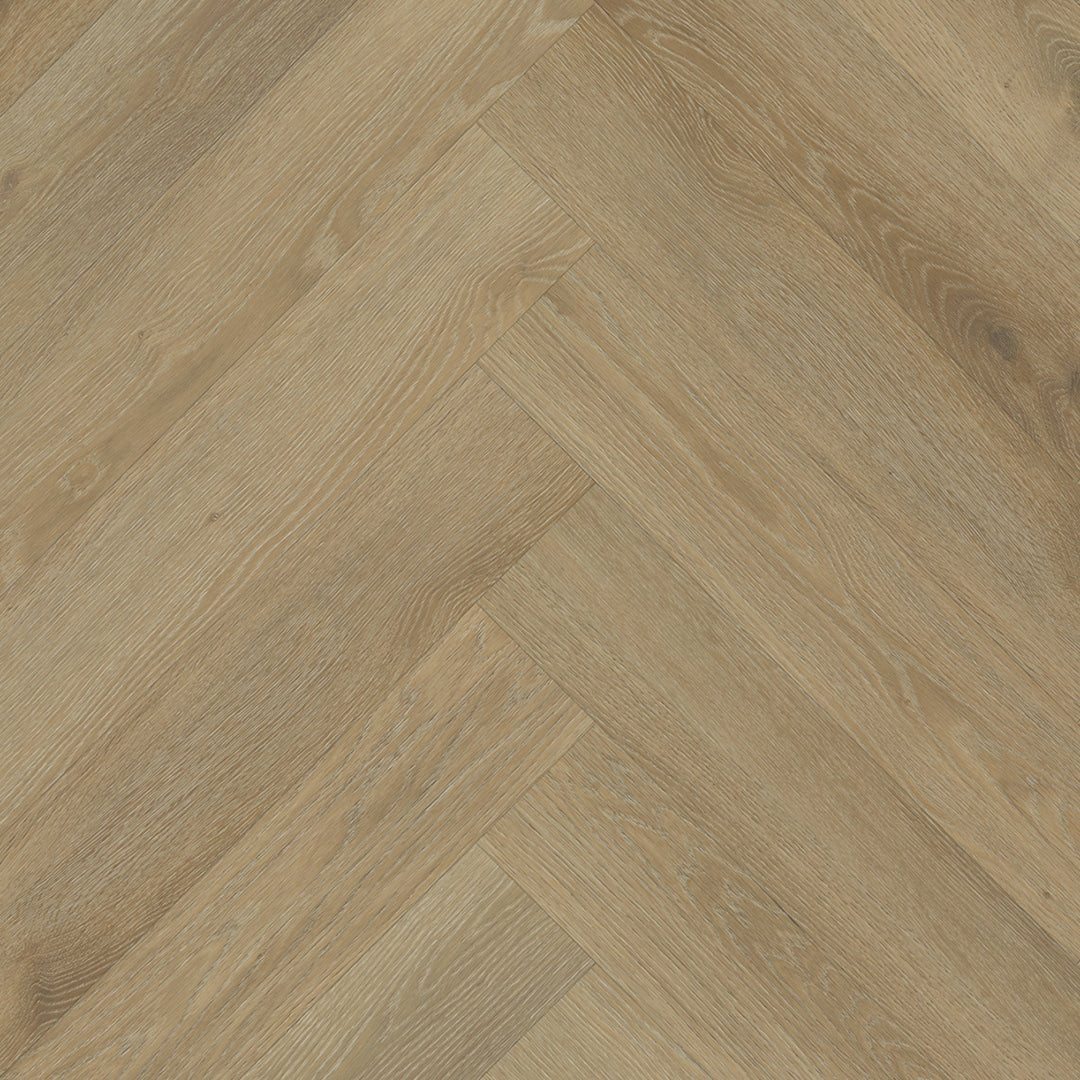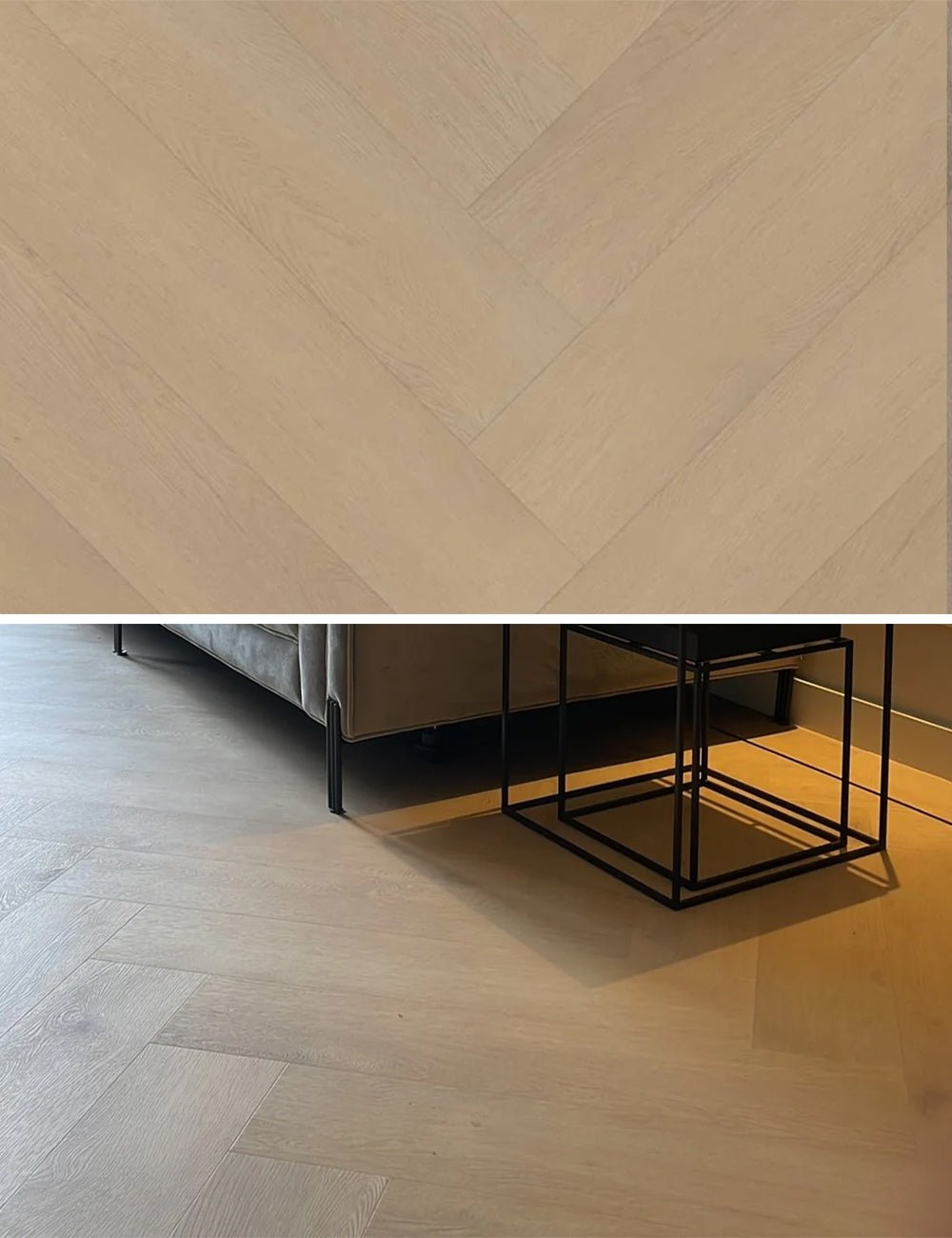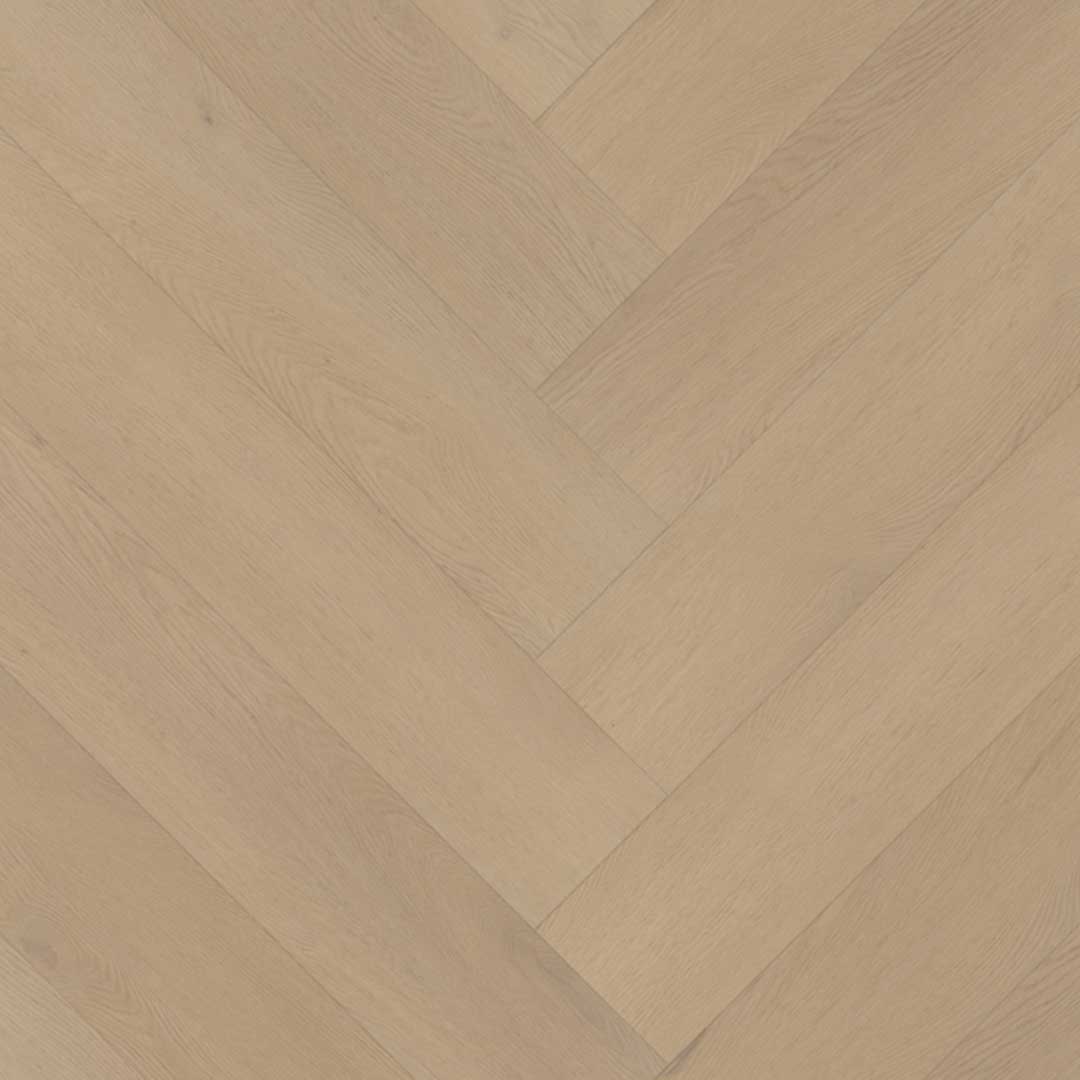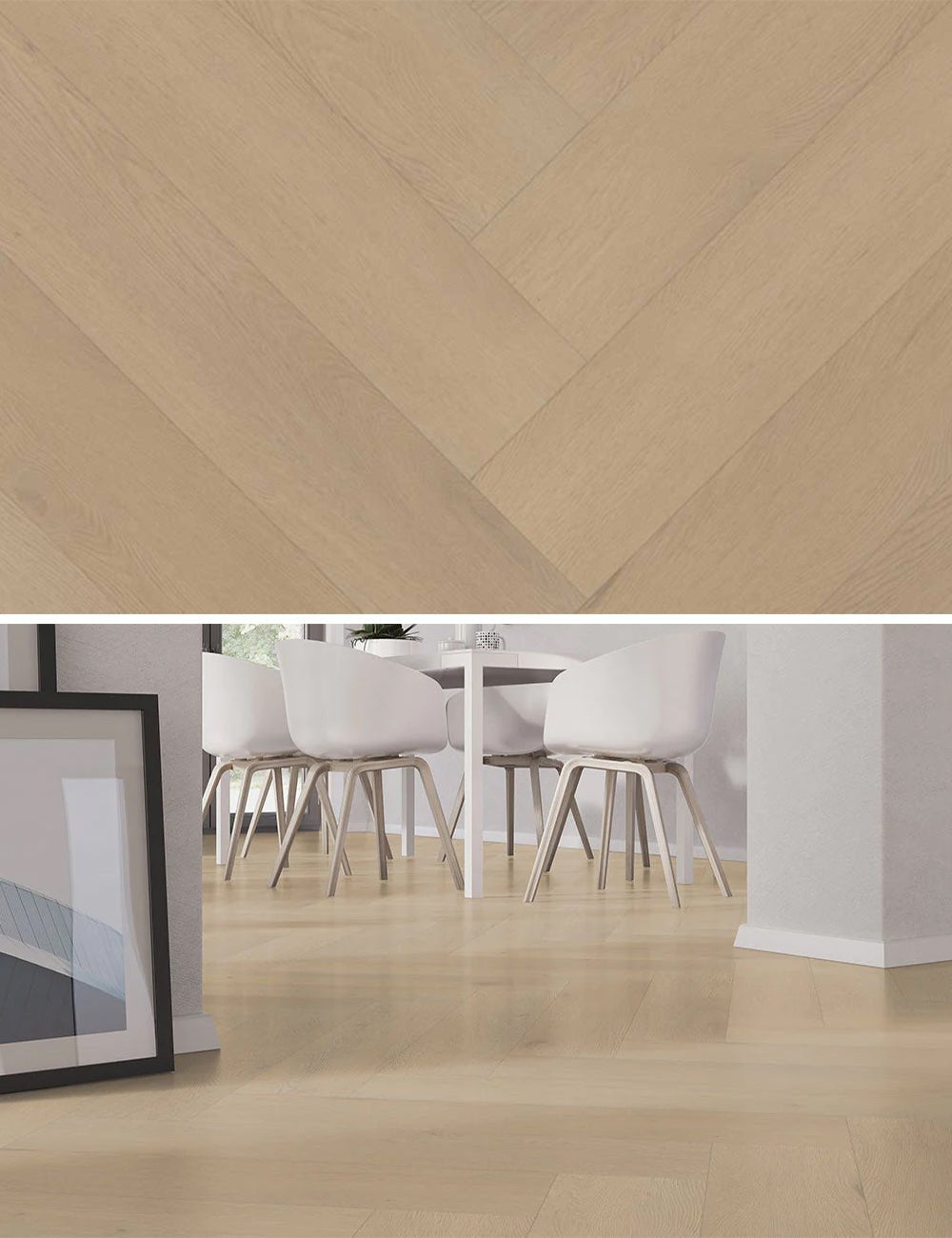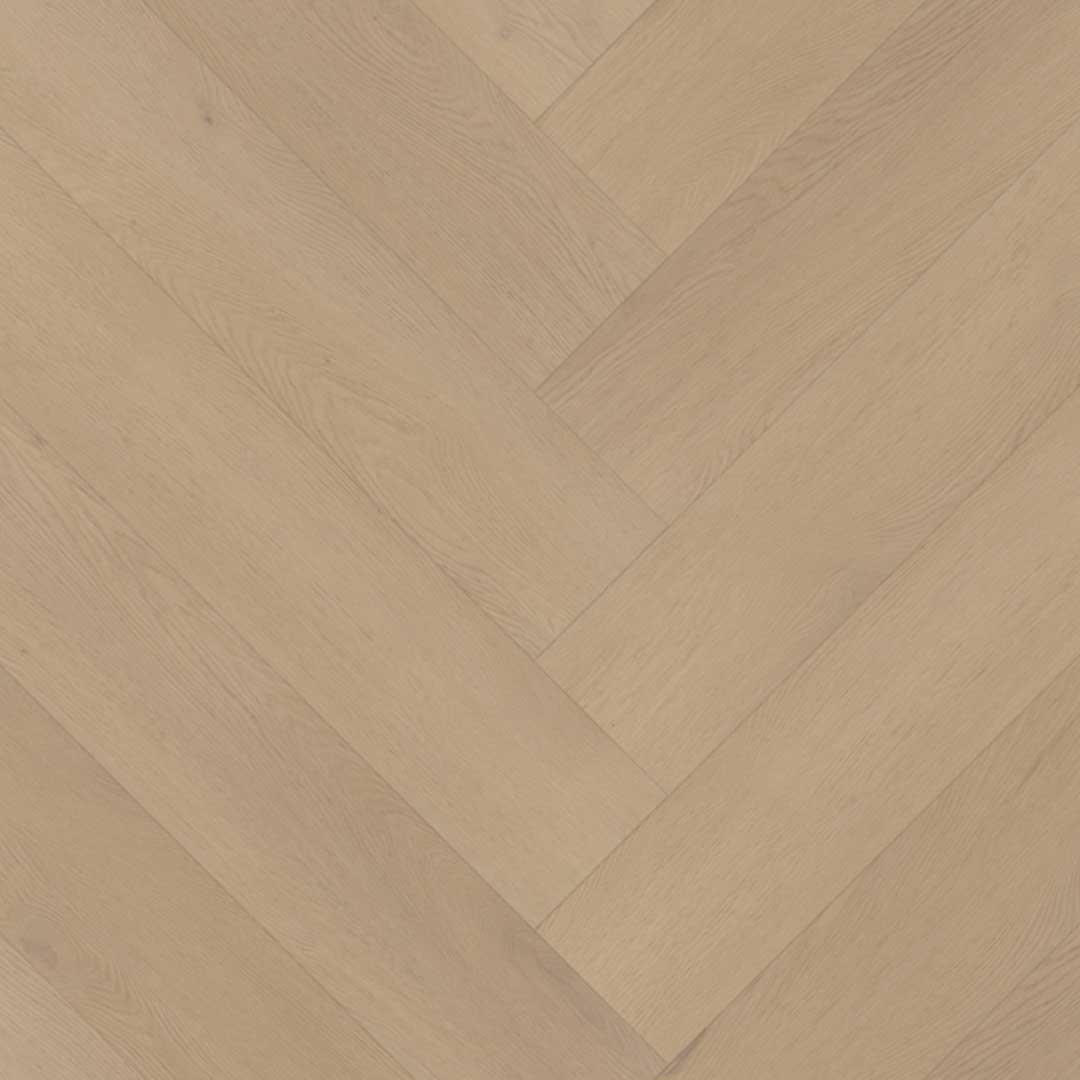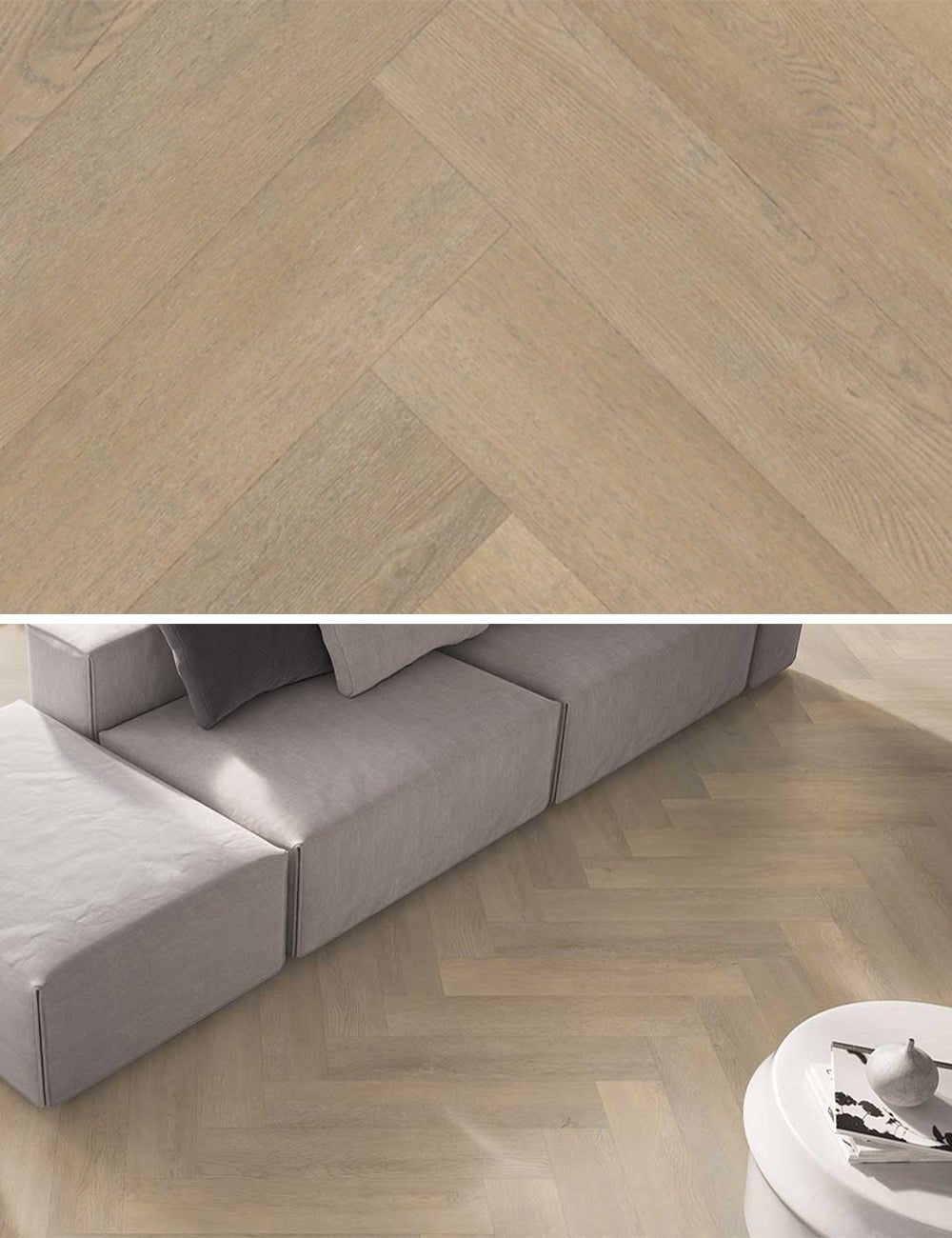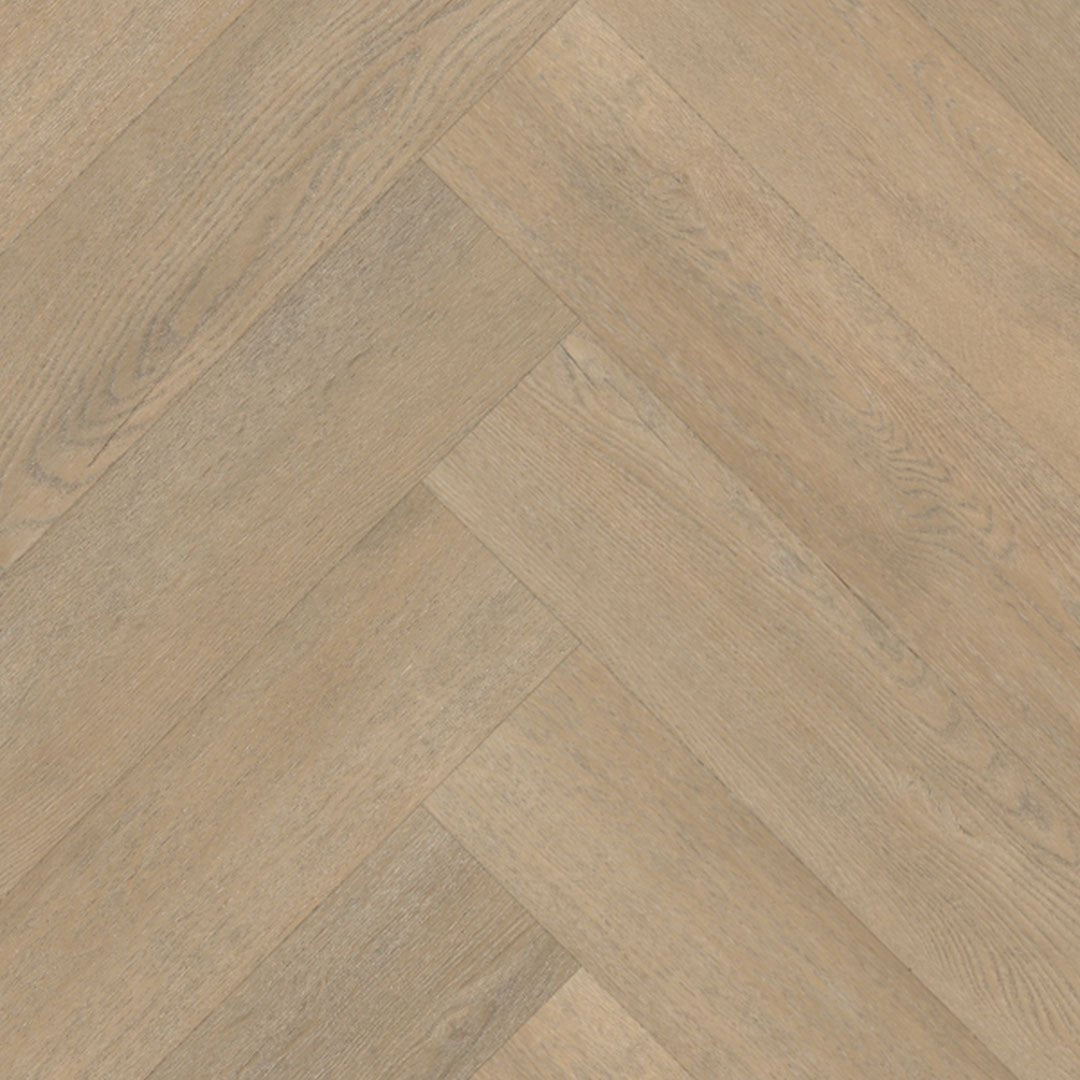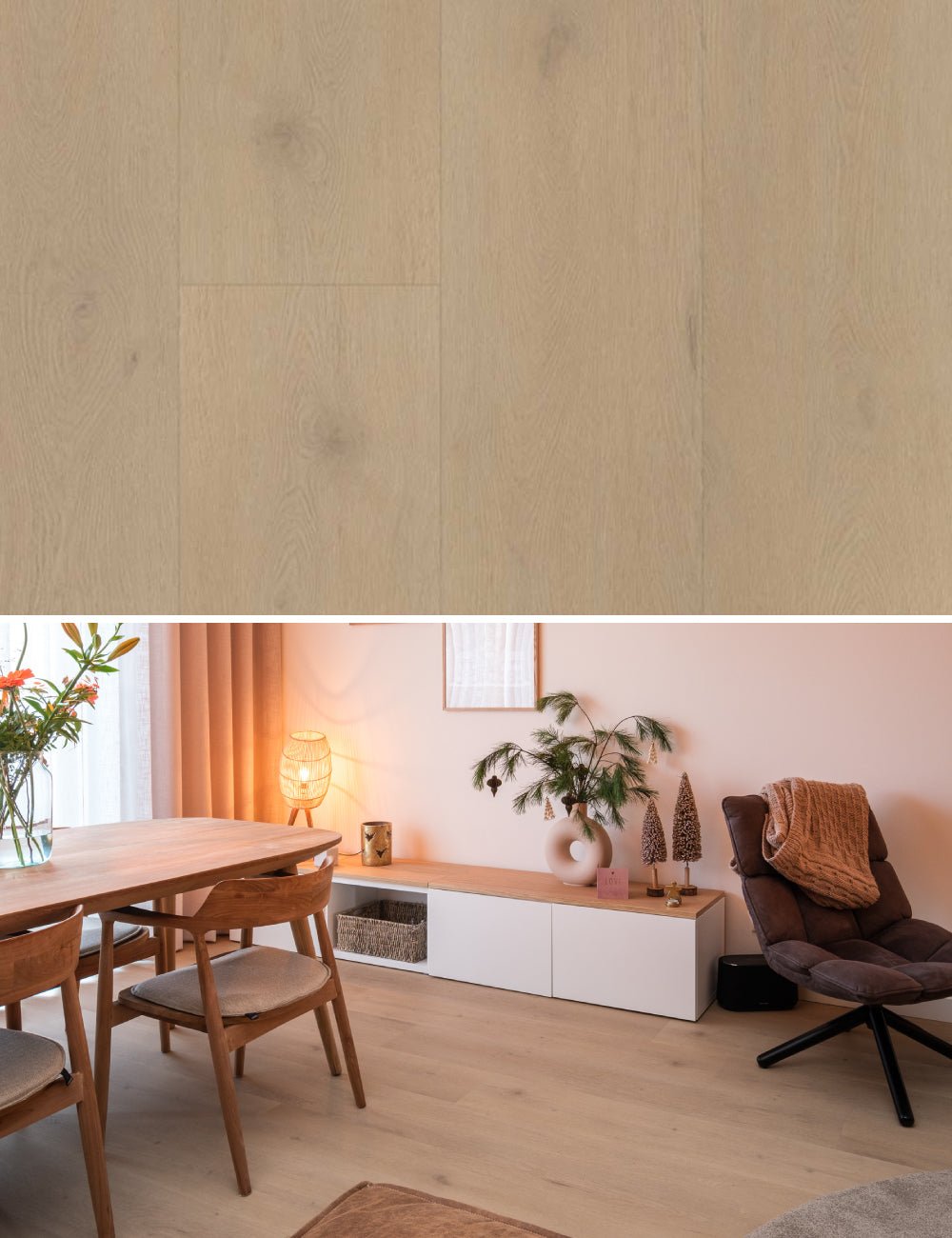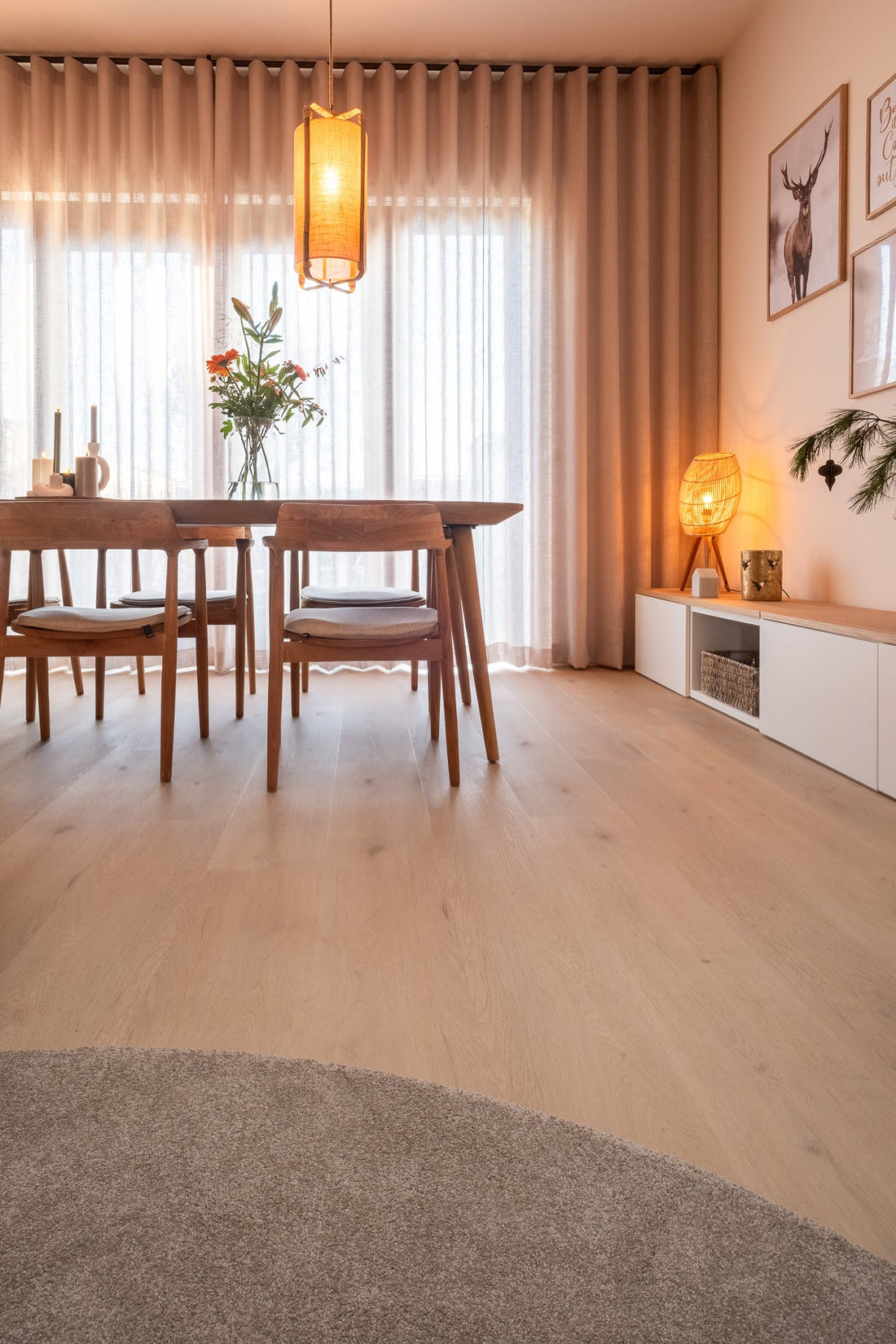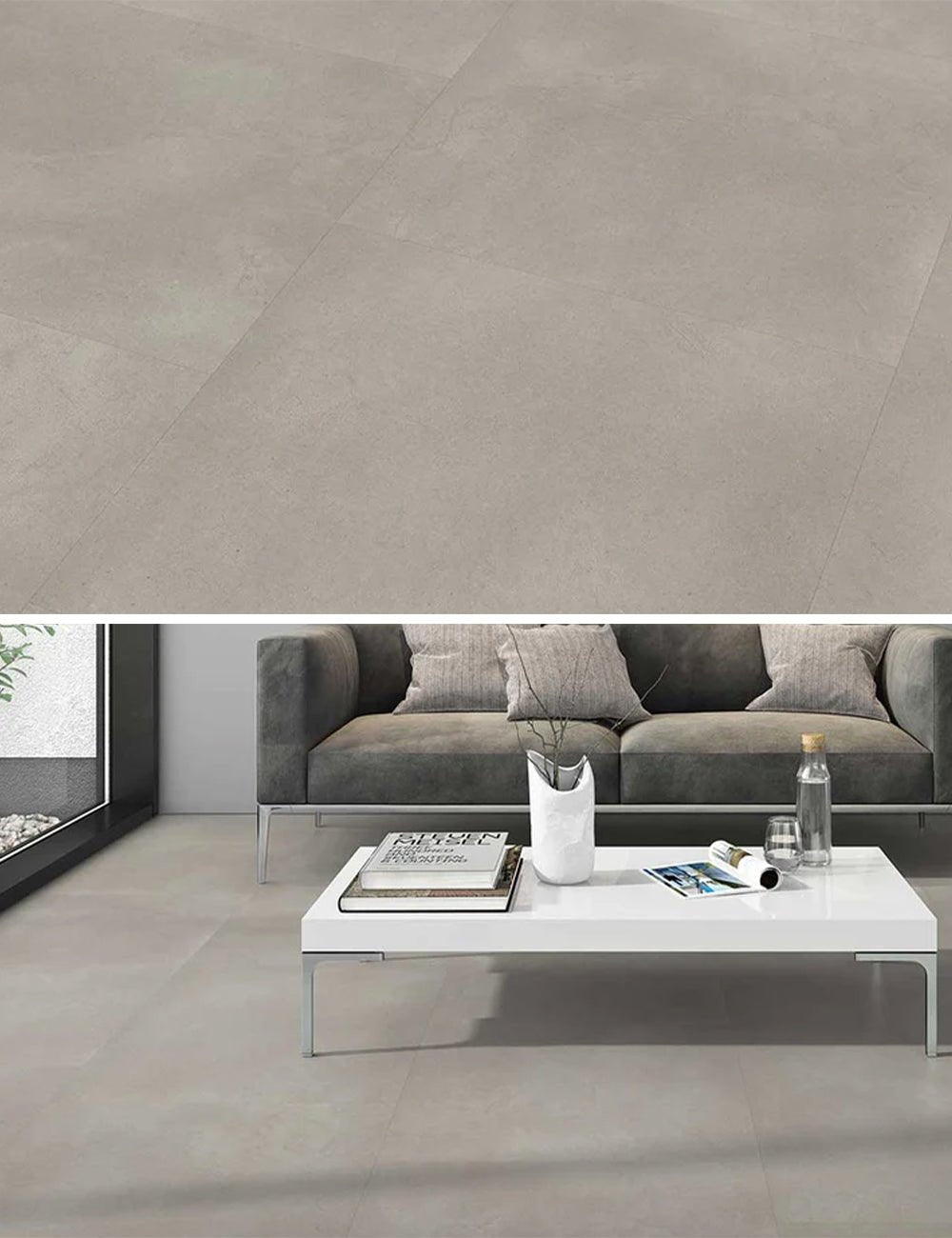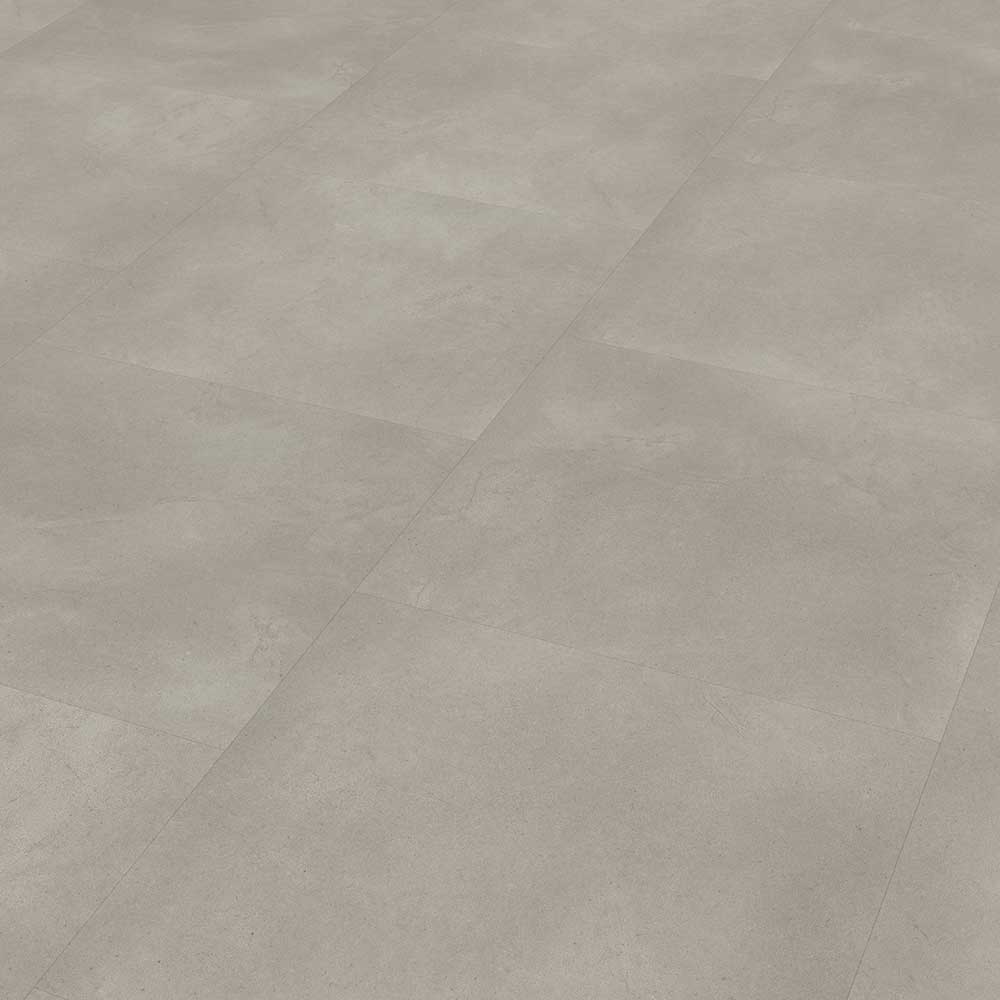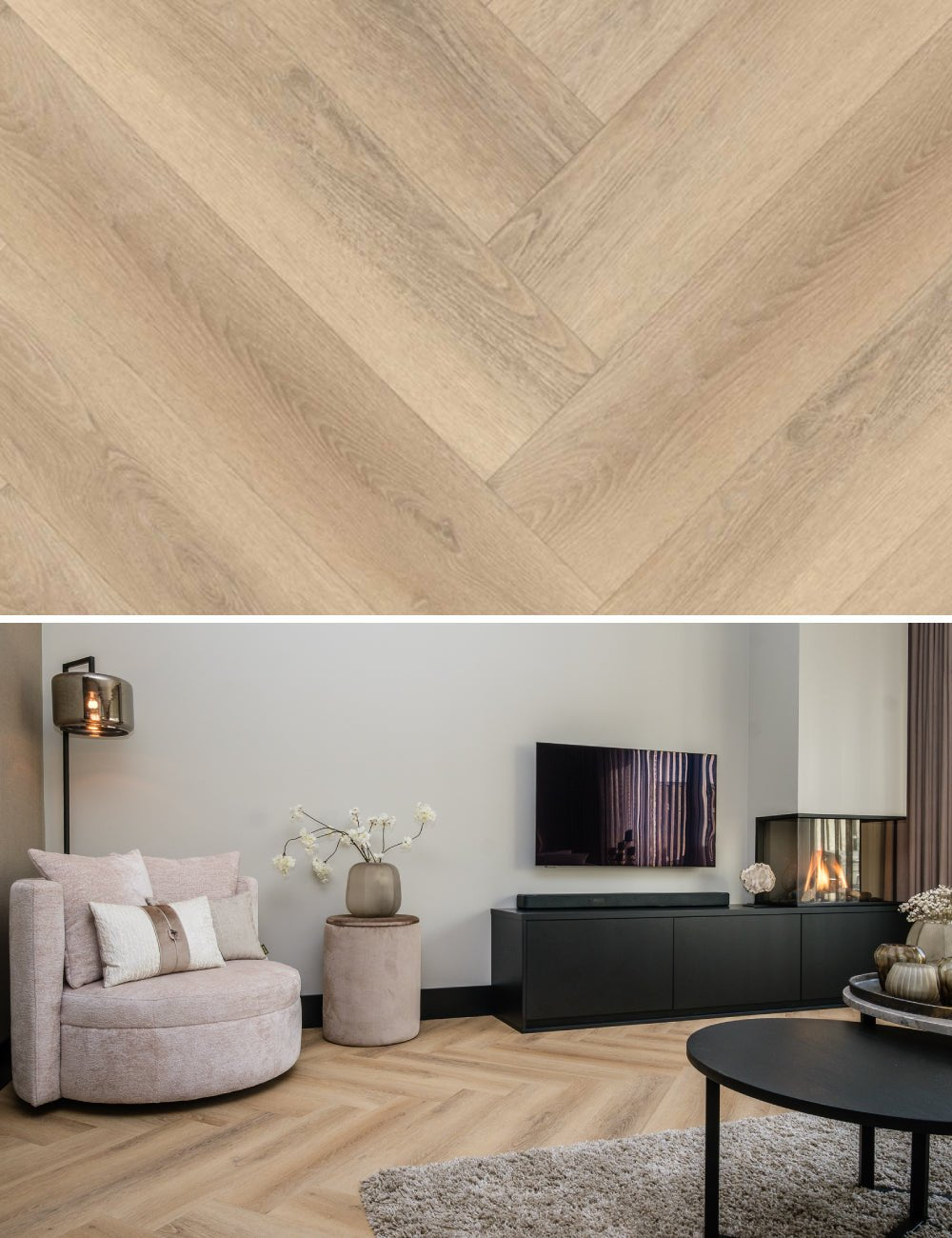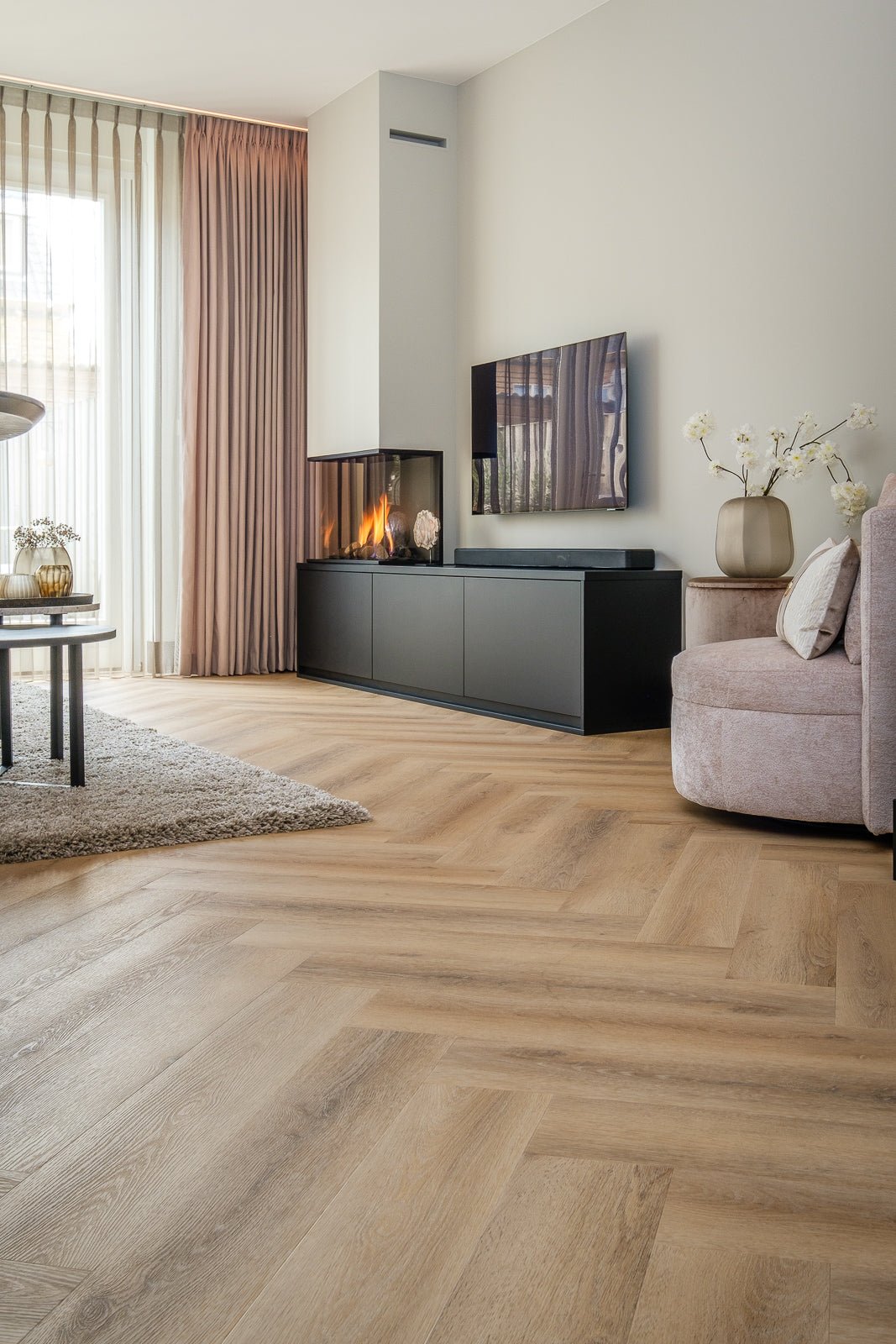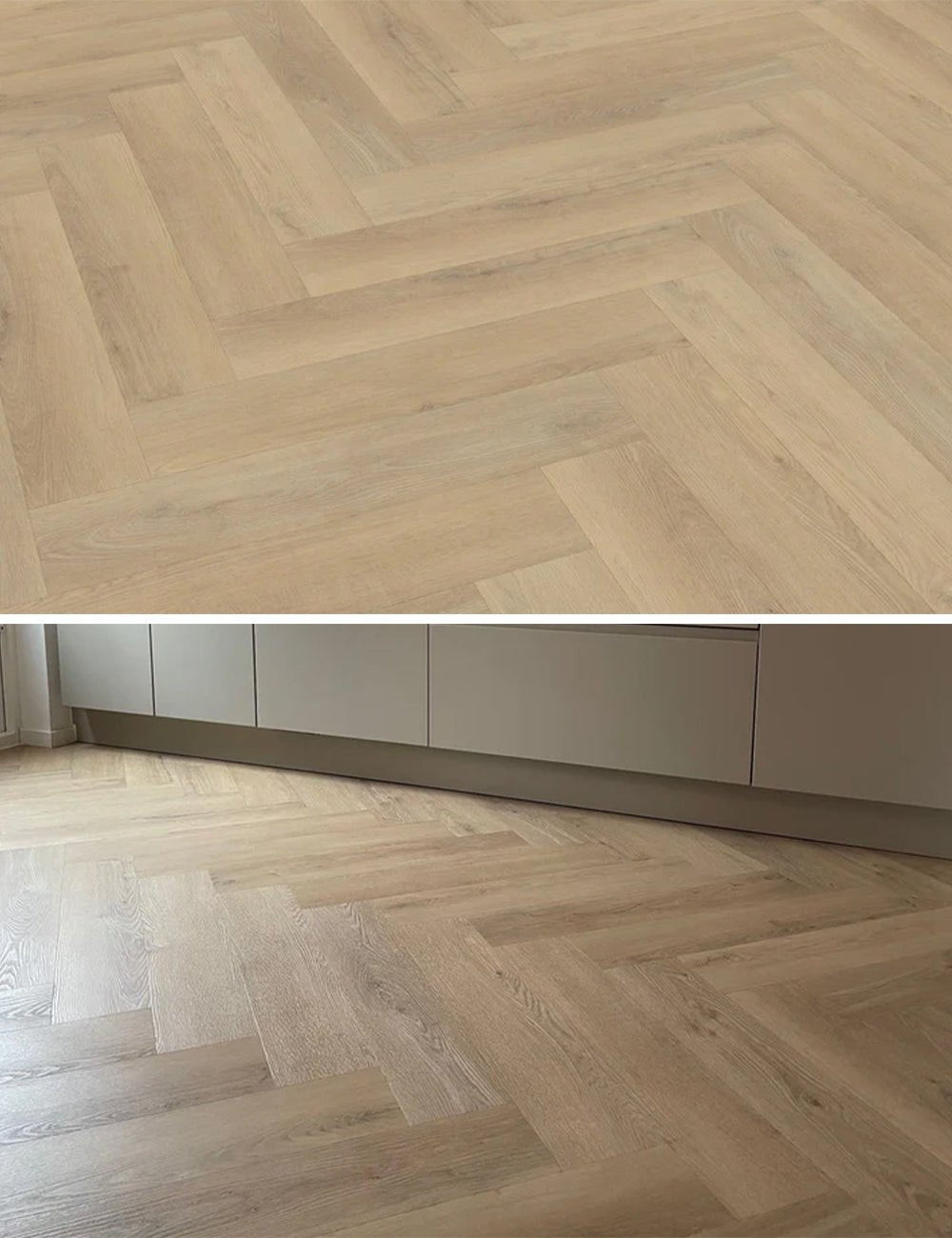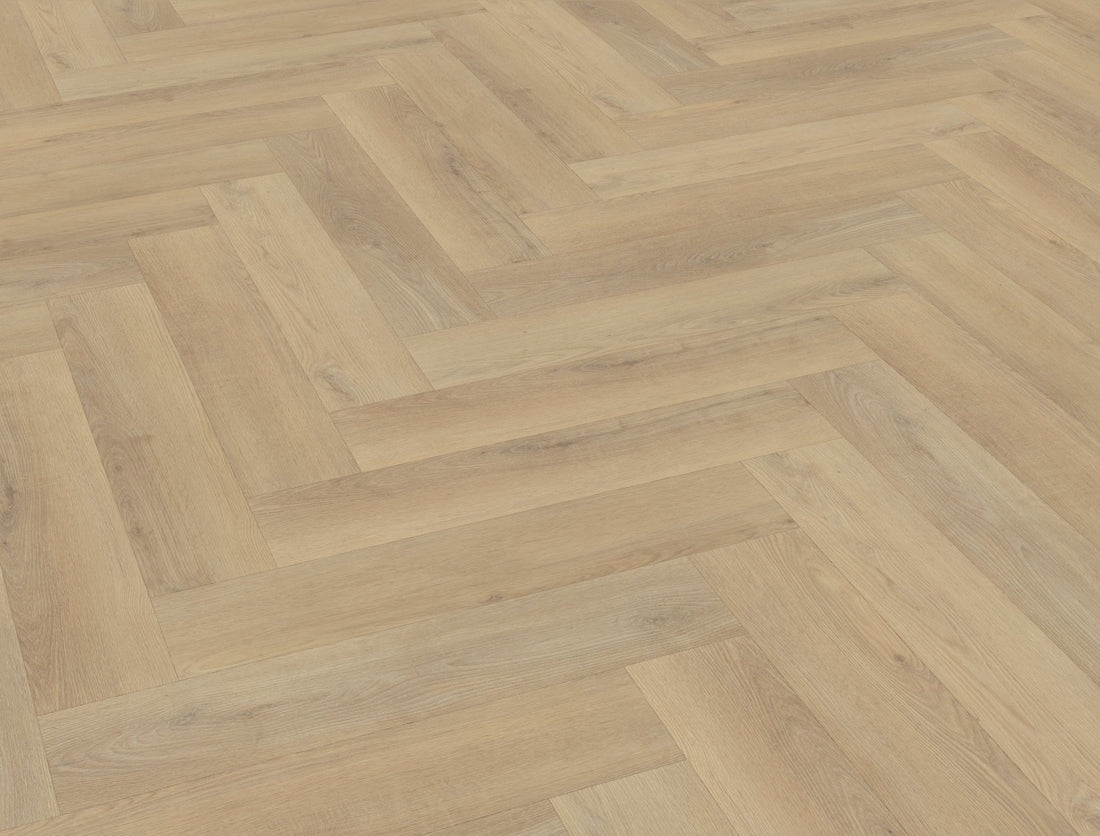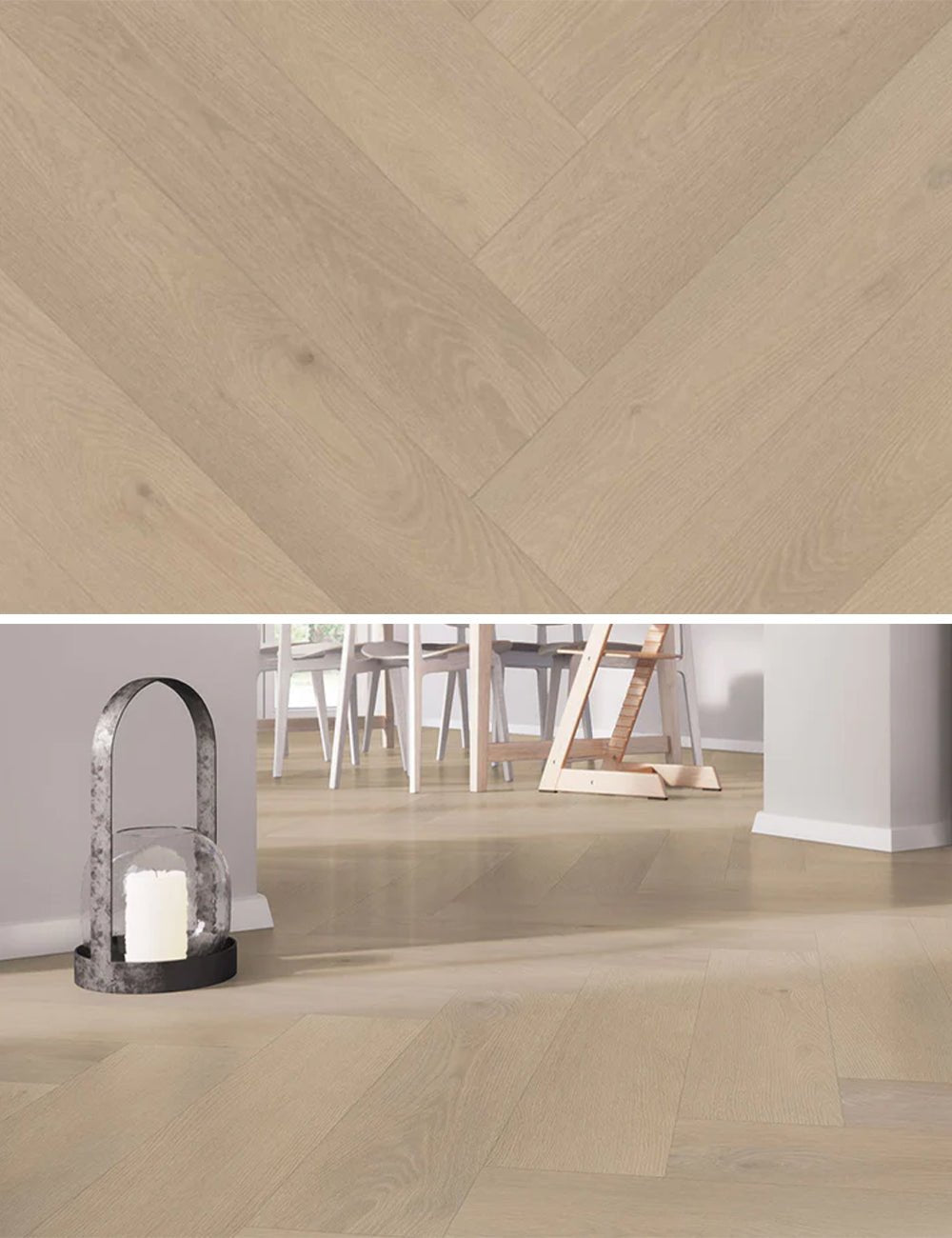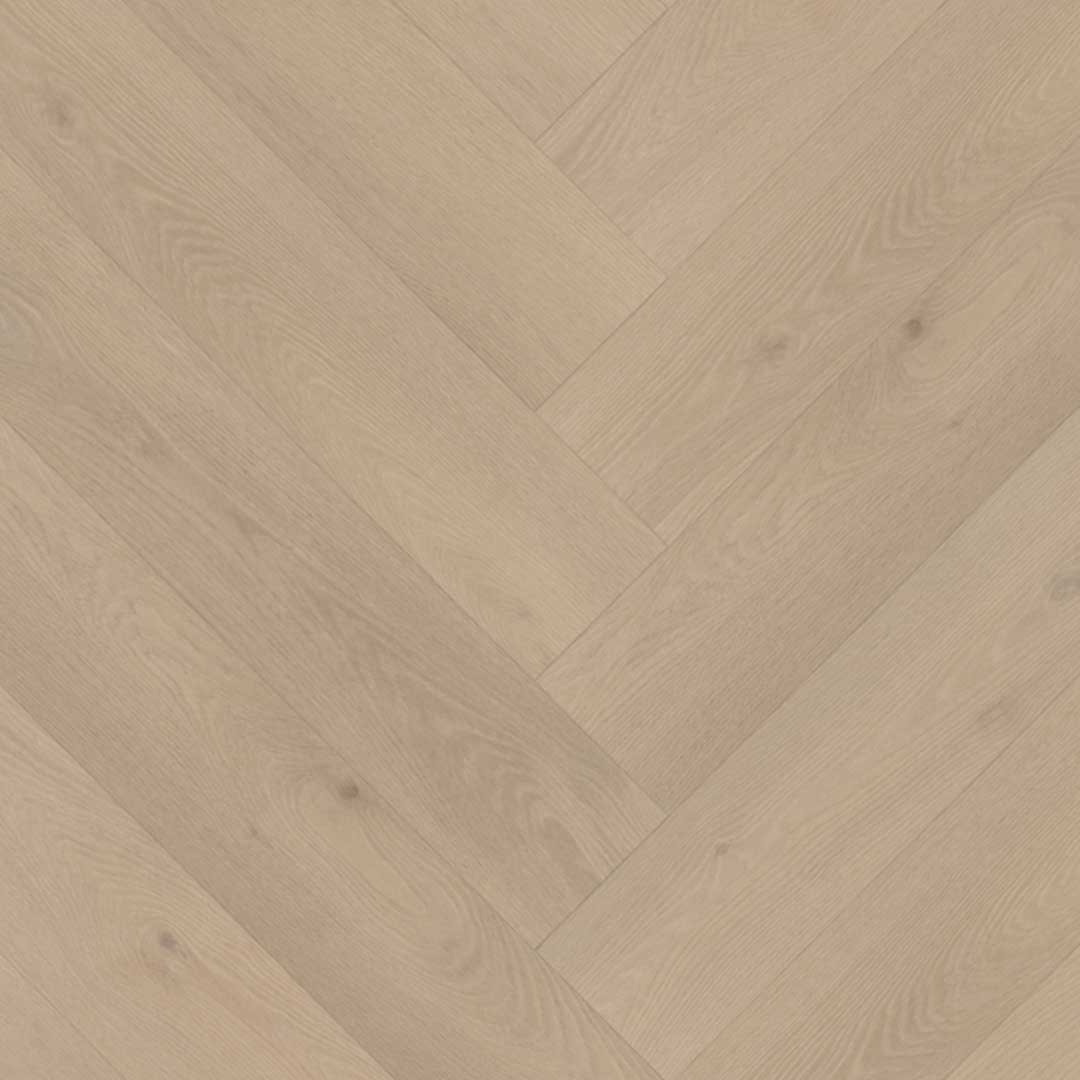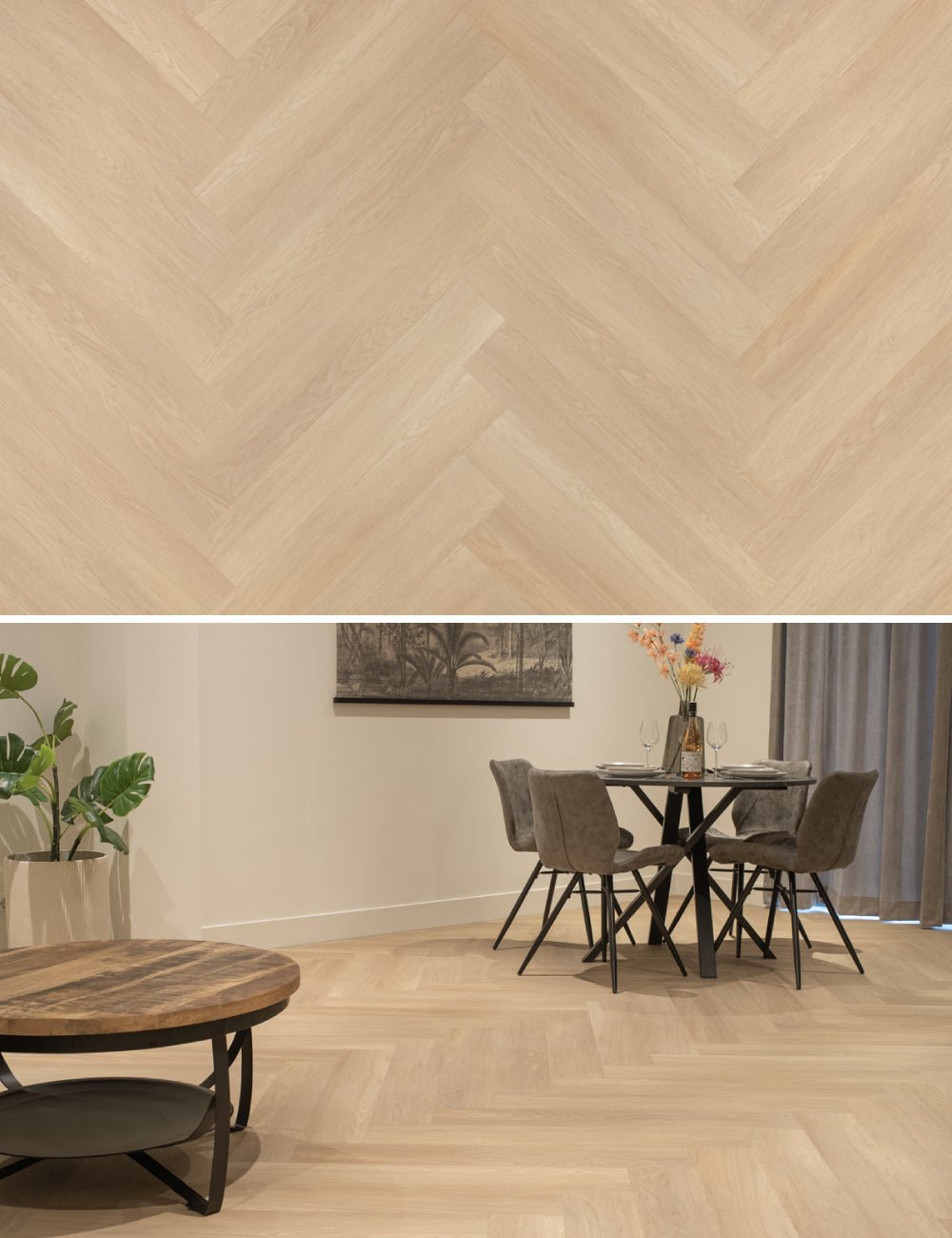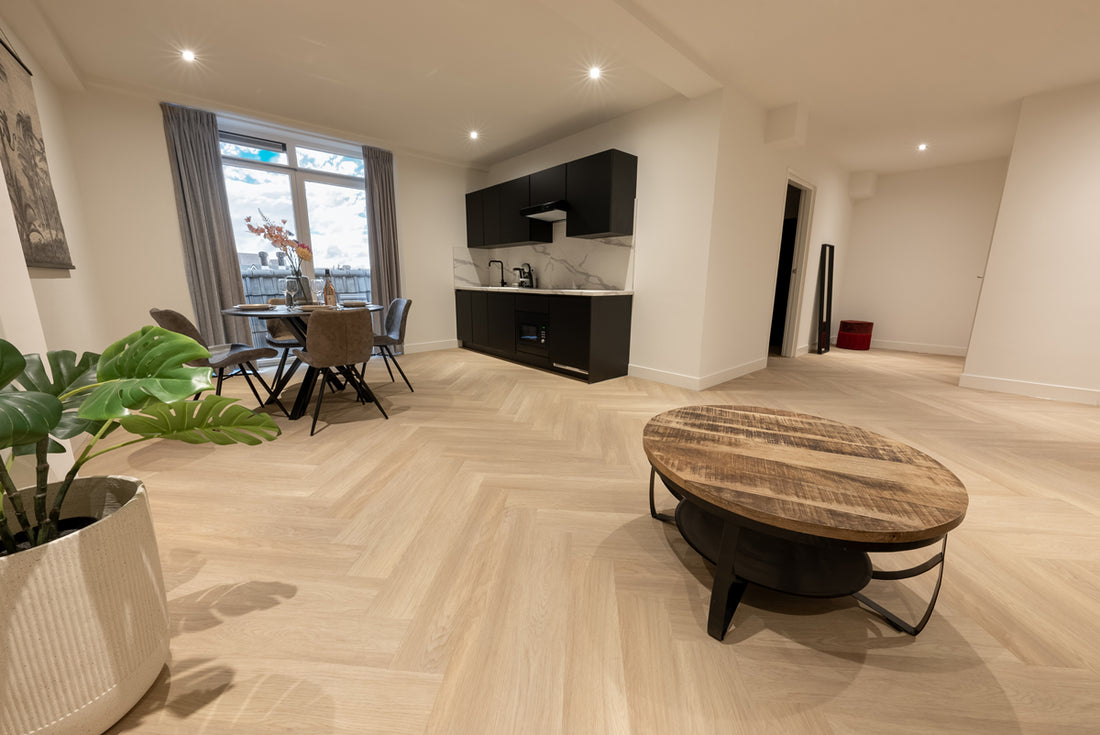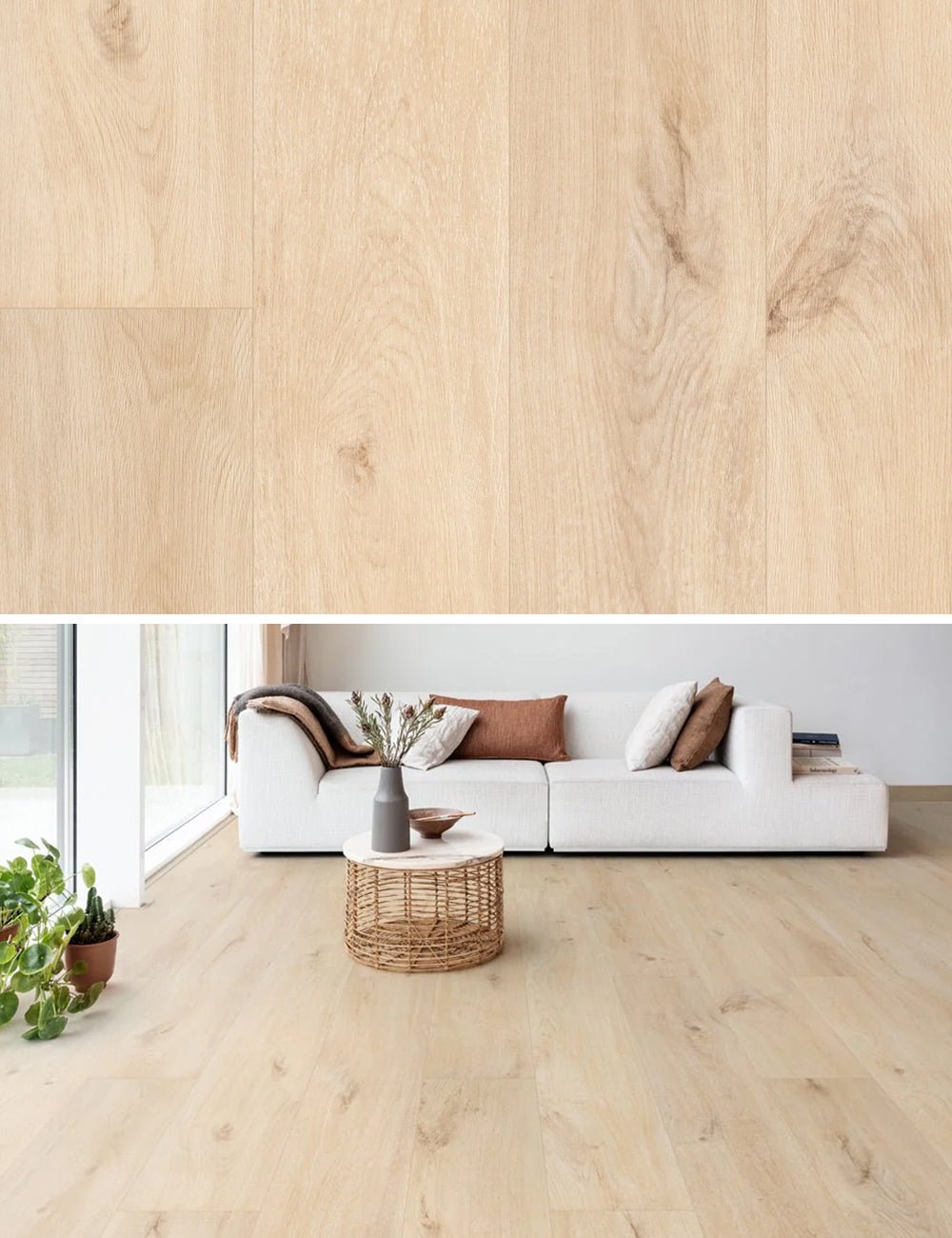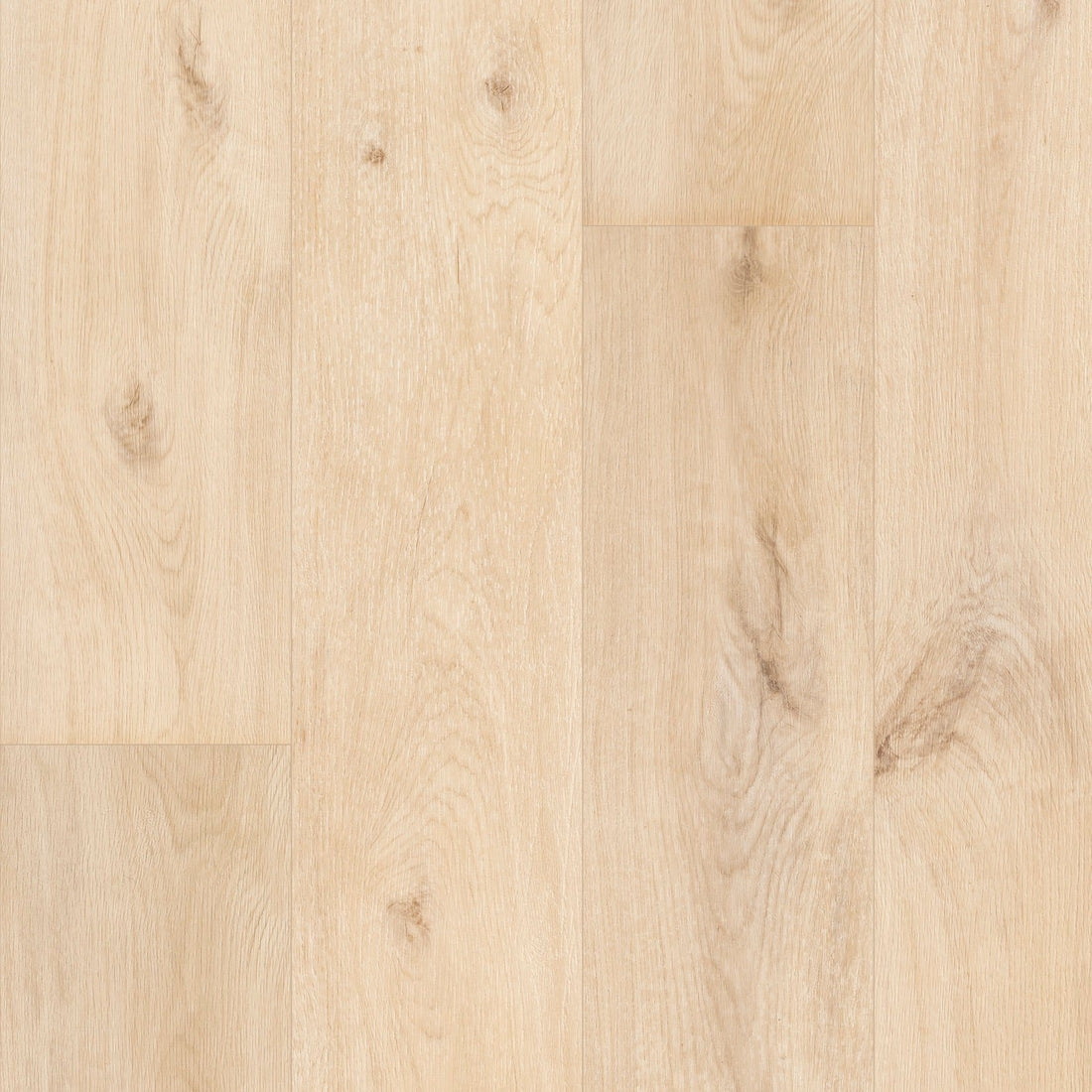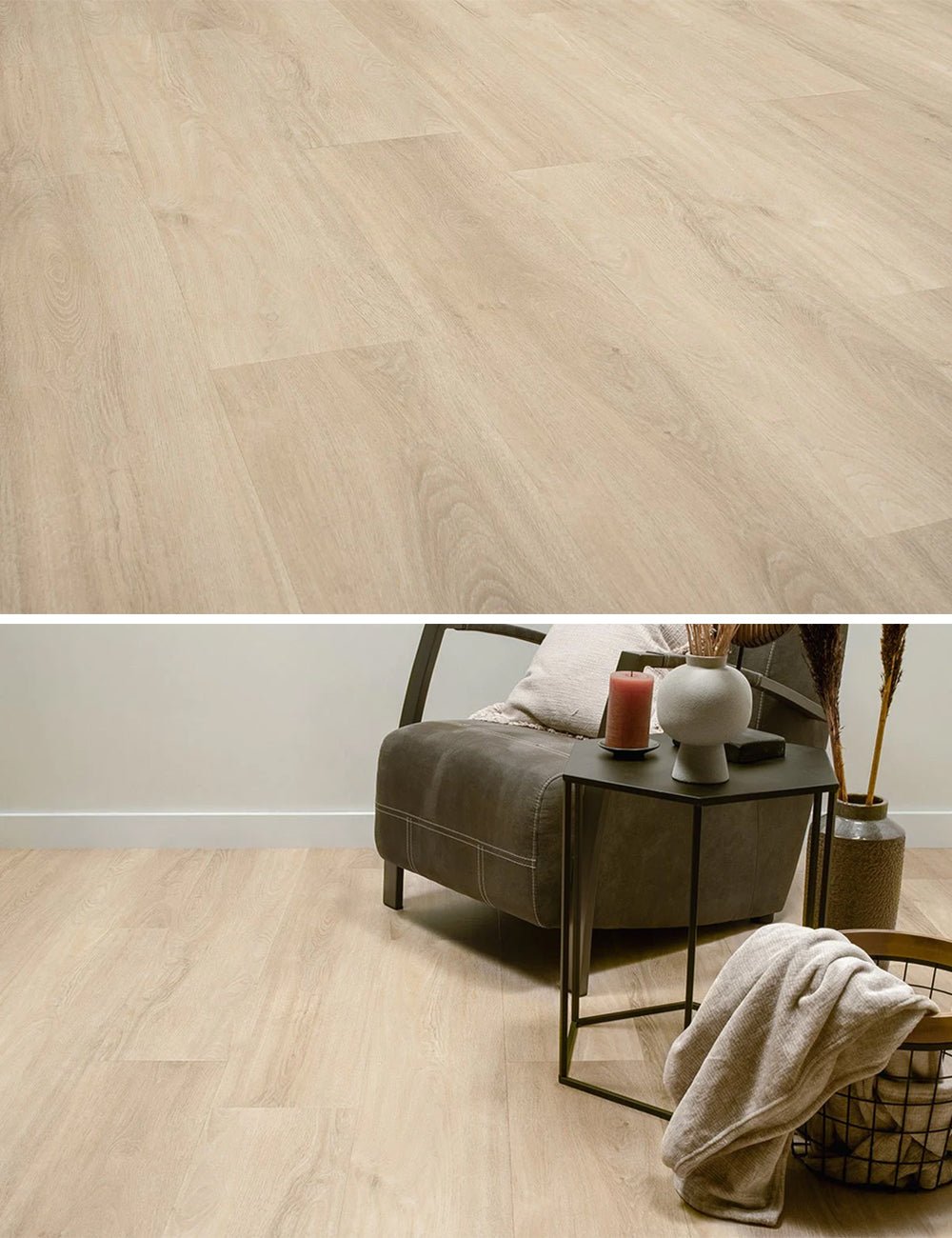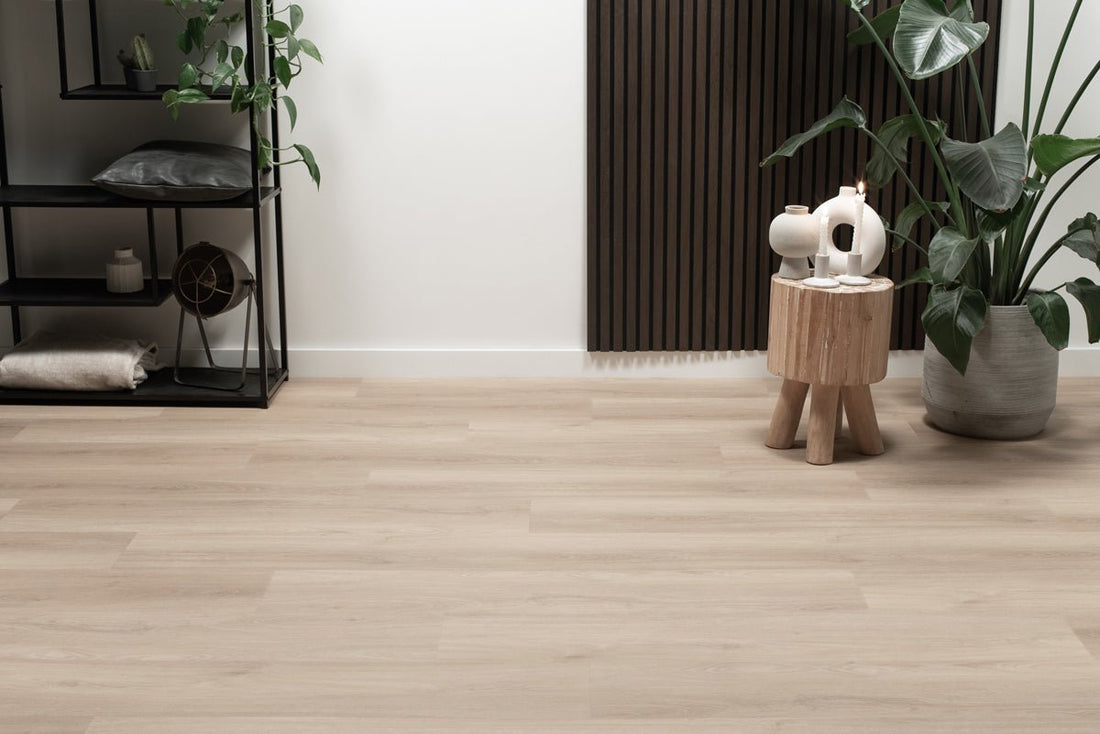Vinyl flooring
Filter
Floorify Lange Plank Click PVC Black Beauty F022
Floorify Lange Plank Click PVC Cohiba F021
Floorify Long Plank Click PVC Goose F036
Floorify Dolly F035 Klick Vinyl Lange Planken
Floorify Long Plank Click PVC Latte F034
Floorify Long Plank Click PVC Eivissa F033
Floorify Lange Plank Click PVC Croissant F007
Floorify Lange Plank Click PVC Blush F006
Floorify Lange Plank Click PVC Whitsundays F003
Floorify Long Plank Click PVC Butter Crisps F002
Floorify Long Plank Click PVC Paris Tan F001
Floorify Lange Plank Click PVC Cognac F019
Floorify Lange Plank Click PVC Champagne F017
Floorify Visgraat Click PVC Ikura F333
Floorify Herringbone Click PVC Anago F319
Belakos Palazzo Herringbone XL 72 Hartes Klick-PVC
Belakos Rustico Herringbone 20 Dryback PVC
Belakos Palazzo Herringbone XL 77 Dryback PVC – Fischbein
Belakos Palazzo Herringbone XL 77 Hartes Klick-PVC
Belakos Palazzo Herringbone XL 71 Hartes Klick-PVC
Belakos Palazzo 770 Hartes Klick-PVC
Belakos Touchstone 10 Fliesen Dryback PVC – 61 x 61 cm
Belakos Palazzo Herringbone XL 75 Dryback PVC
Belakos Palazzo Herringbone XL 72 Dryback PVC
- Featured
- Best selling
- Alphabetically, A-Z
- Alphabetically, Z-A
- Price, low to high
- Price, high to low
- Date, old to new
- Date, new to old
Are they PVC floors or vinyl floors?
A vinyl floor, also known as PVC floor, is a modern and versatile floor covering that is popular in both the Netherlands and Belgium. These floors are made of multiple layers of synthetic material, of which vinyl is an essential part. The similarity between vinyl flooring and PVC flooring is that they both use polyvinyl chloride (PVC), a durable and resilient material that ensures their durability and resistance to wear. The difference in terminology between the Netherlands and Belgium - often referring to "PVC floors" in the Netherlands and "vinyl floors" in Belgium - does not detract from the quality and functionality of these floors. They are available in a variety of designs and textures, making them perfect for both residential and commercial spaces, offering a low-maintenance and attractive flooring solution that will last.
Häufig gestellte Fragen zu Vinyl flooring
Was sind Vinylböden?
Vinylböden sind synthetische Böden aus mehreren Schichten Kunststoff (PVC). Sie sind für ihre Langlebigkeit, Wasserbeständigkeit und Designvielfalt bekannt. Vinylböden sind in zahlreichen Mustern und Farben erhältlich, darunter in Holz-, Stein- und Betonoptik.
Was sind die Vorteile von Vinylböden?
Vinylböden bieten viele Vorteile. Sie sind strapazierfähig, angenehm zu begehen und wasserabweisend, weshalb sie sich auch für Feuchträume wie Küchen und Bäder eignen. Darüber hinaus sind sie schalldämmend, pflegeleicht und oft günstiger als Naturmaterialien wie Holz oder Stein.
Sind Vinylböden für Fußbodenheizung geeignet?
Ja, Vinylböden sind optimal für Fußbodenheizungen geeignet. Sie leiten die Wärme gut und bleiben komfortabel. Wichtig ist, dass der jeweilige Vinylboden auf eine Fußbodenheizung geprüft wird und auf einem ebenen Untergrund verlegt wird.
Wie werden Vinylböden verlegt?
Die Verlegung von Vinylböden kann je nach Boden und Untergrund durch Verkleben oder lose Verlegung erfolgen. Bei der Verlegung per Klebung ist es wichtig, dass der Untergrund absolut eben und sauber ist. Lose verlegte Vinylböden sind häufig mit einer Anti-Rutsch-Unterlage versehen.


